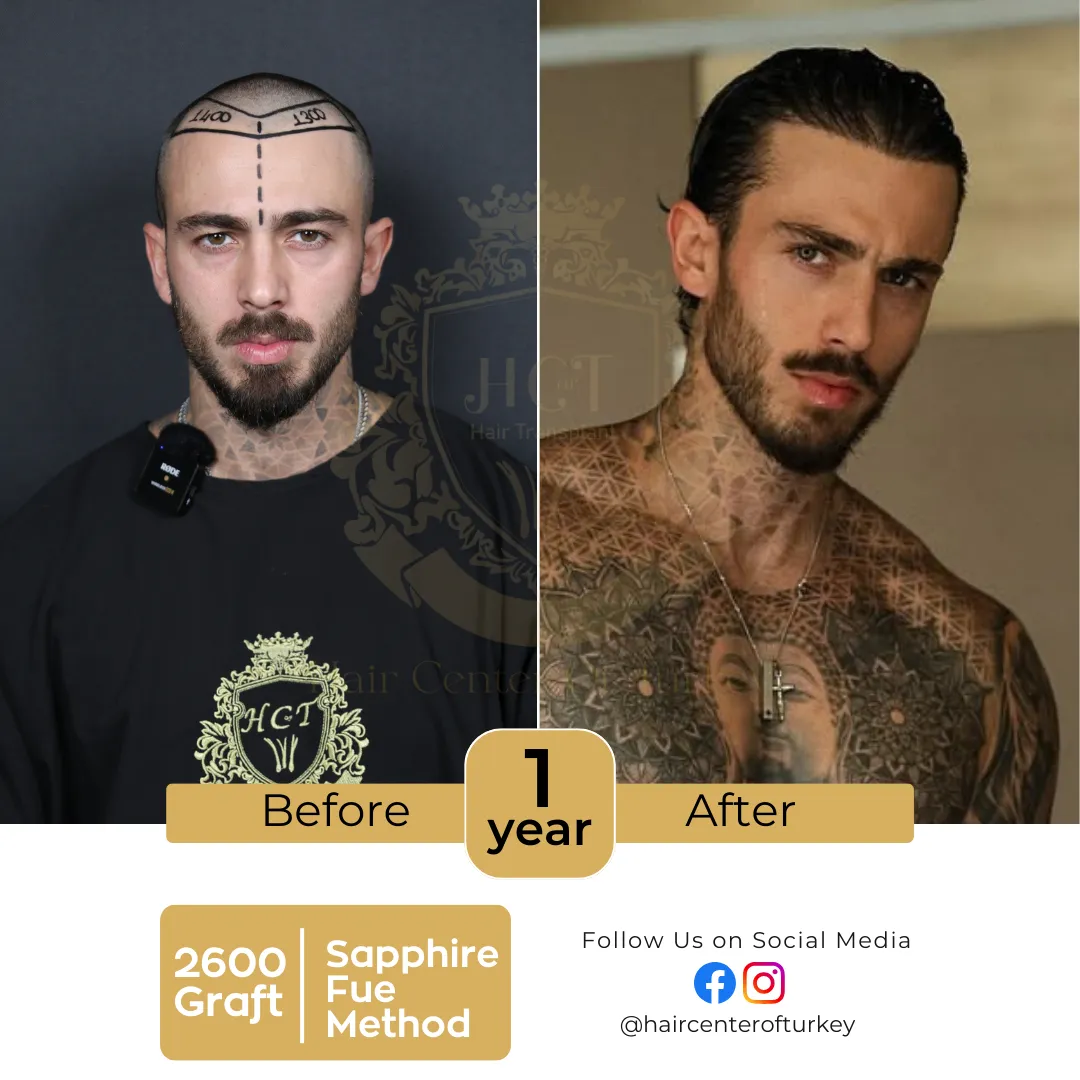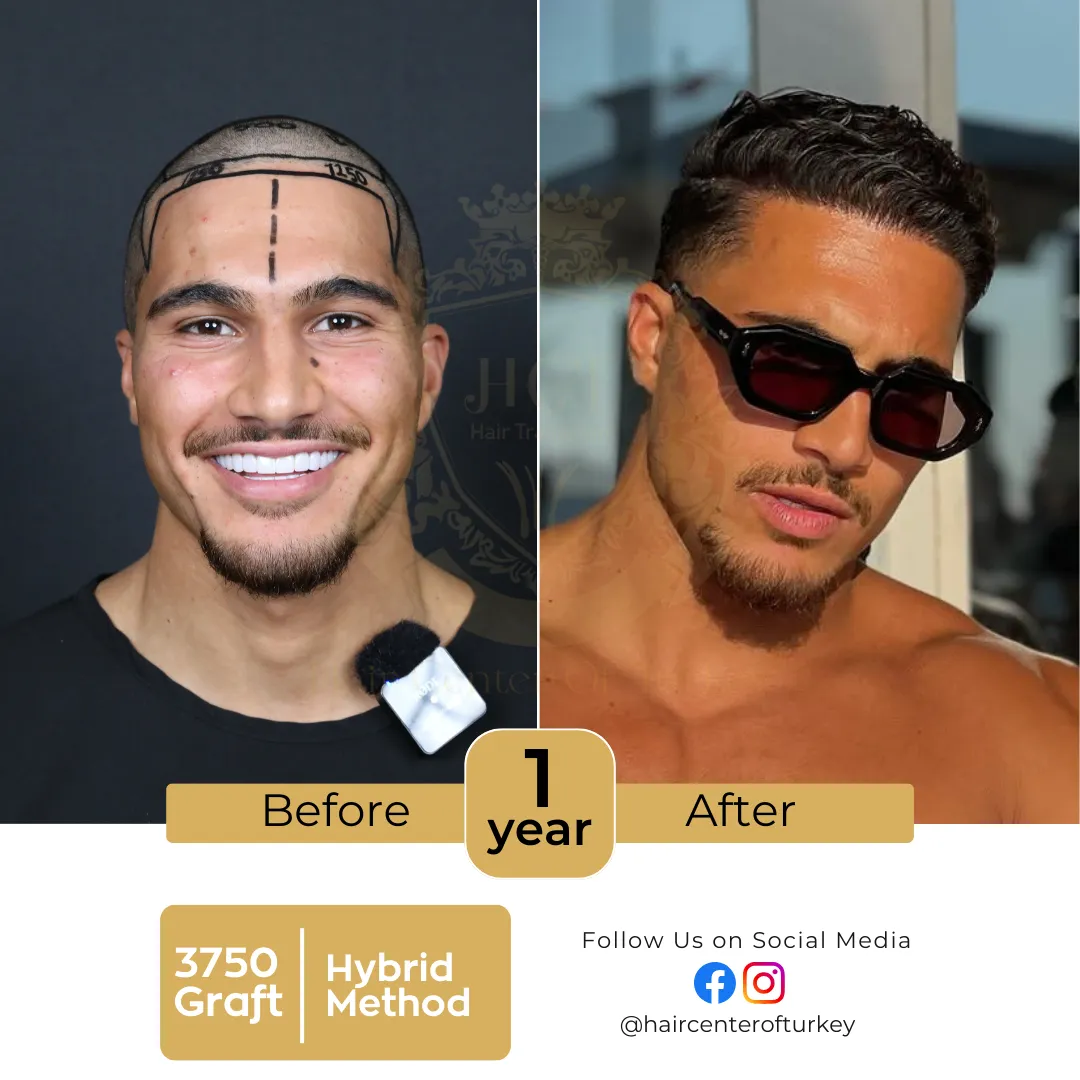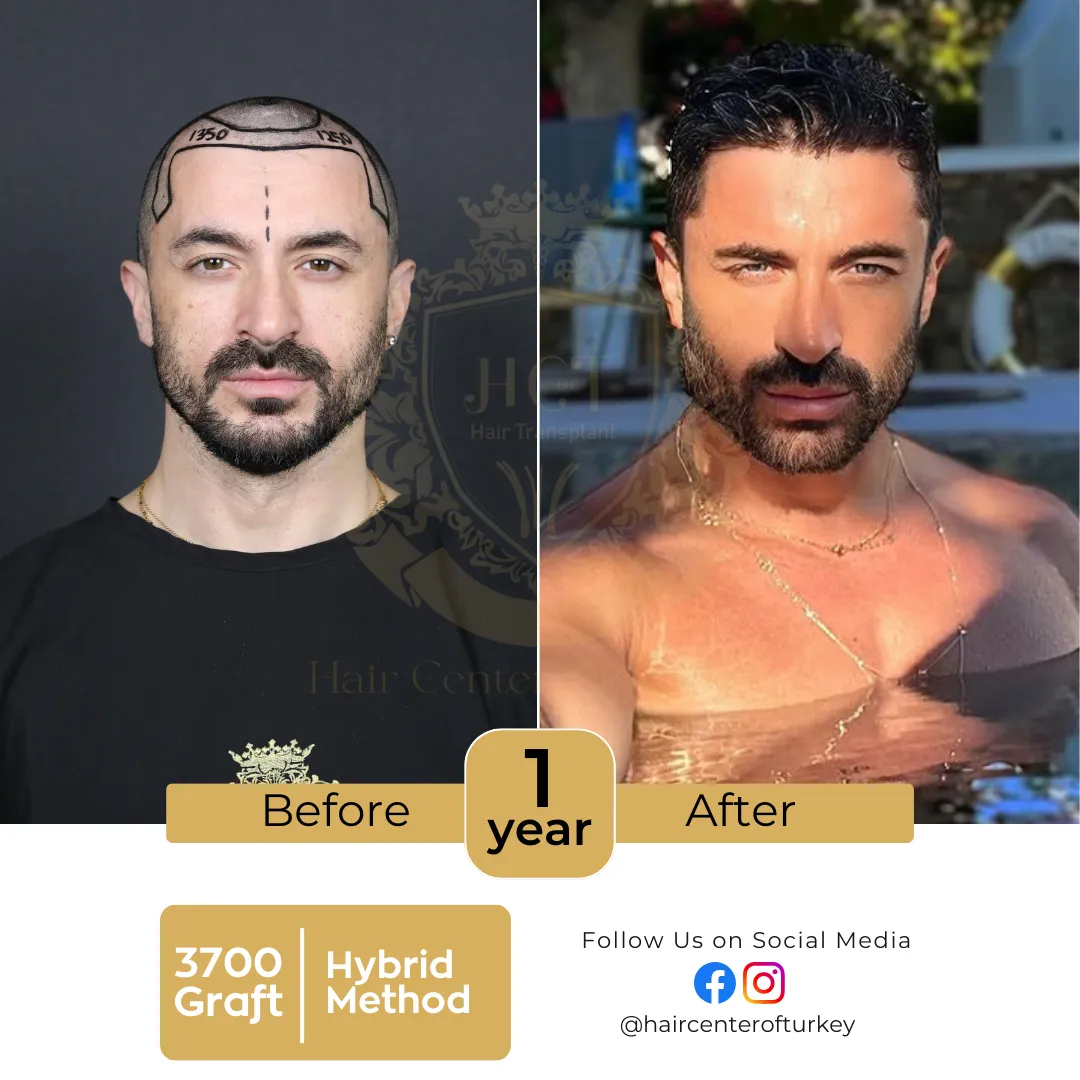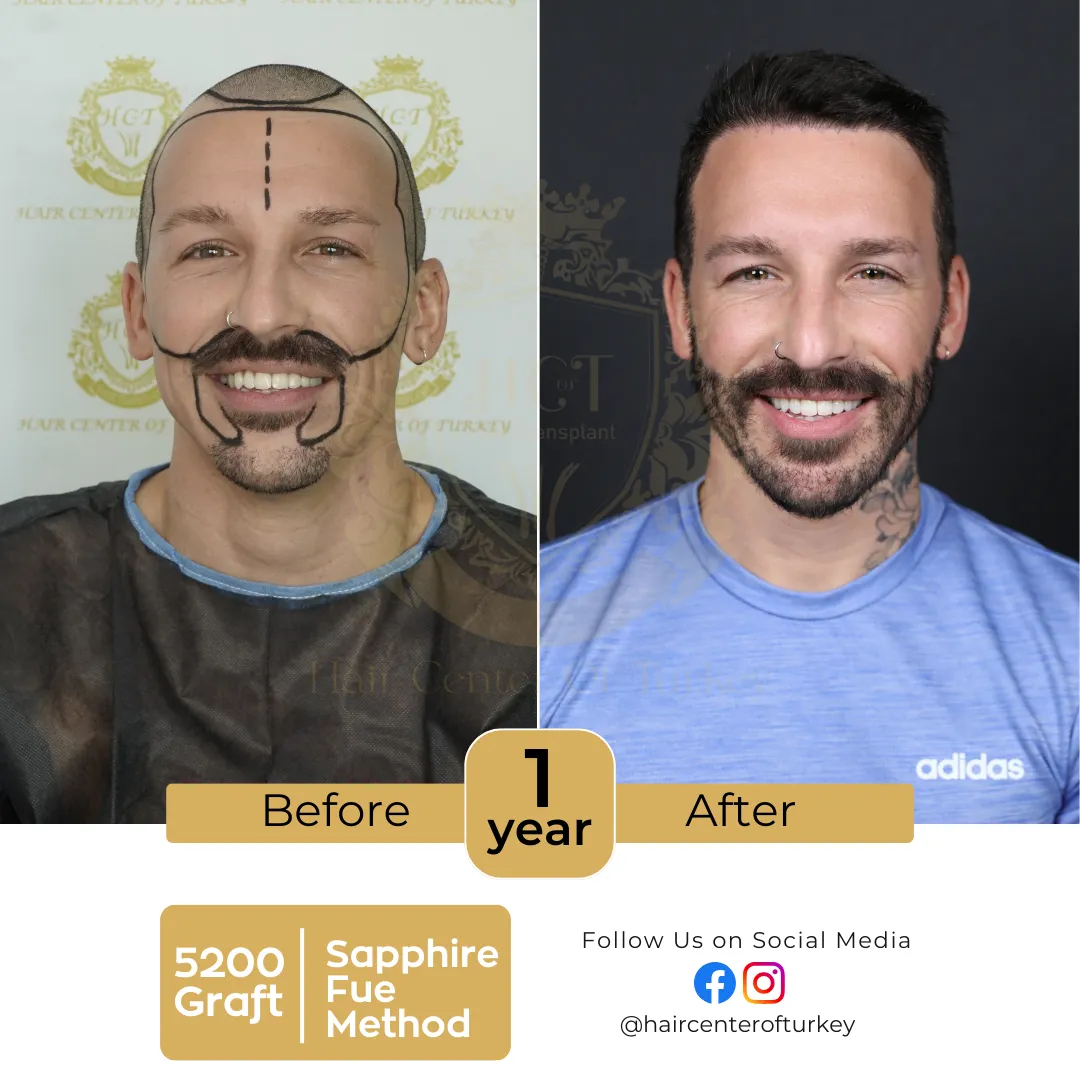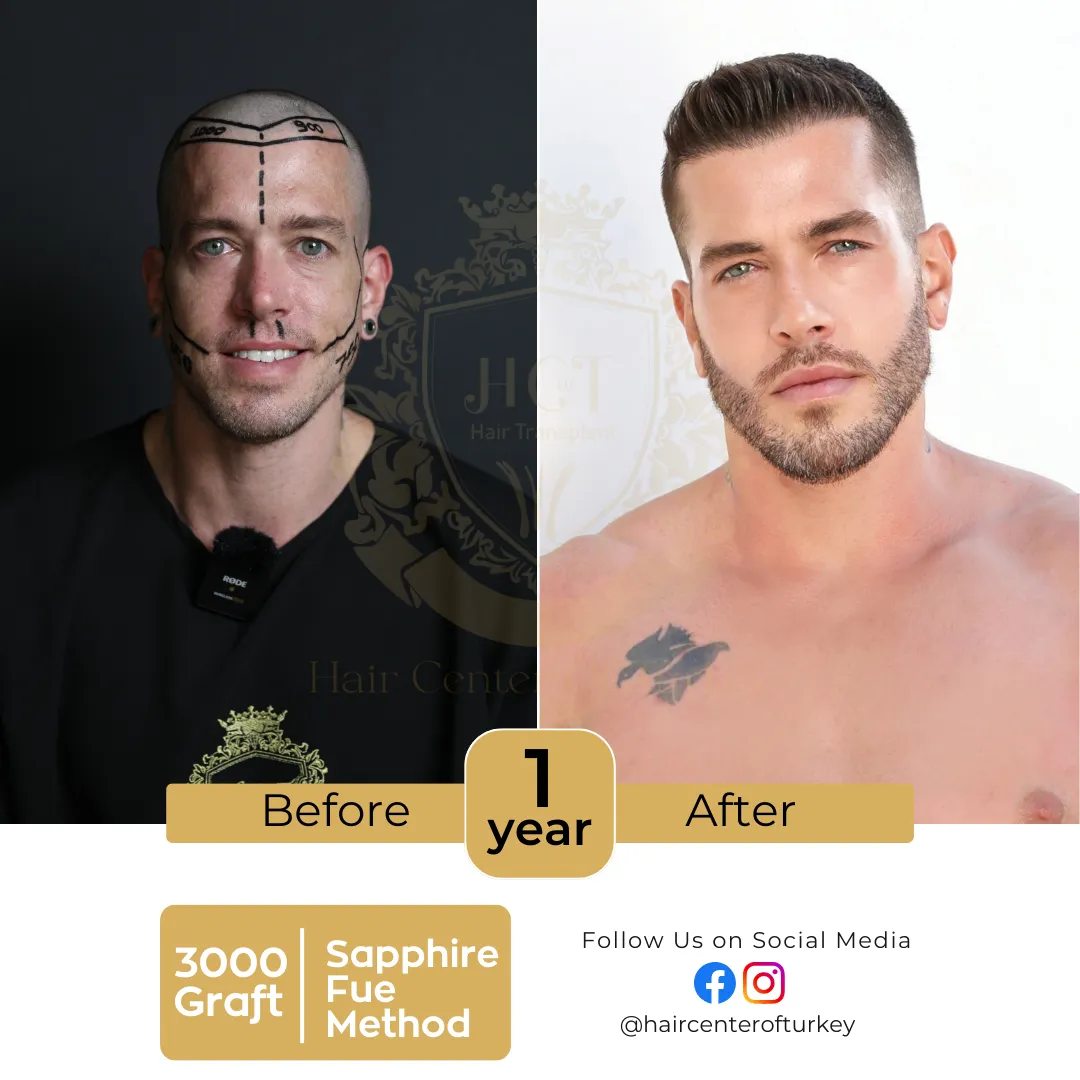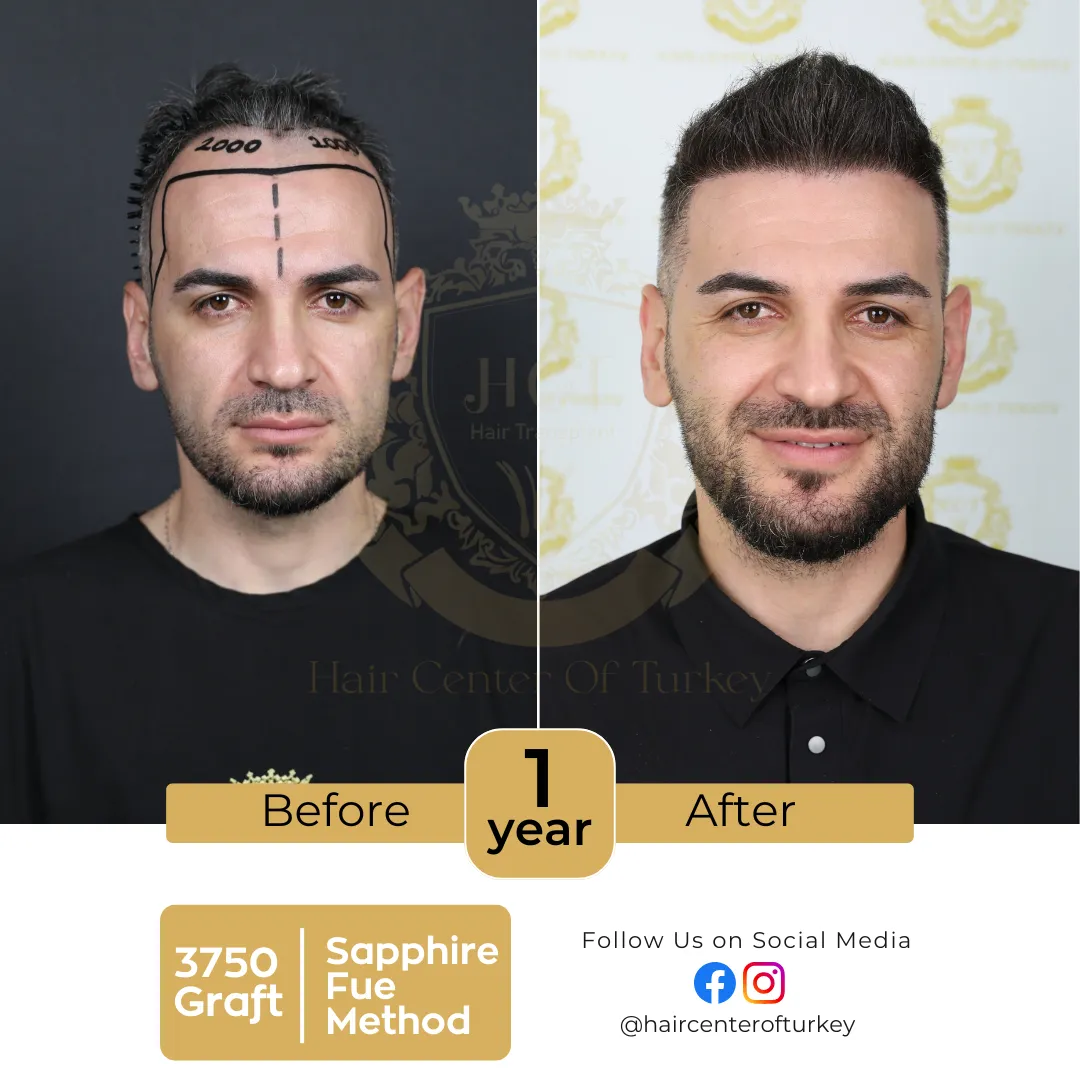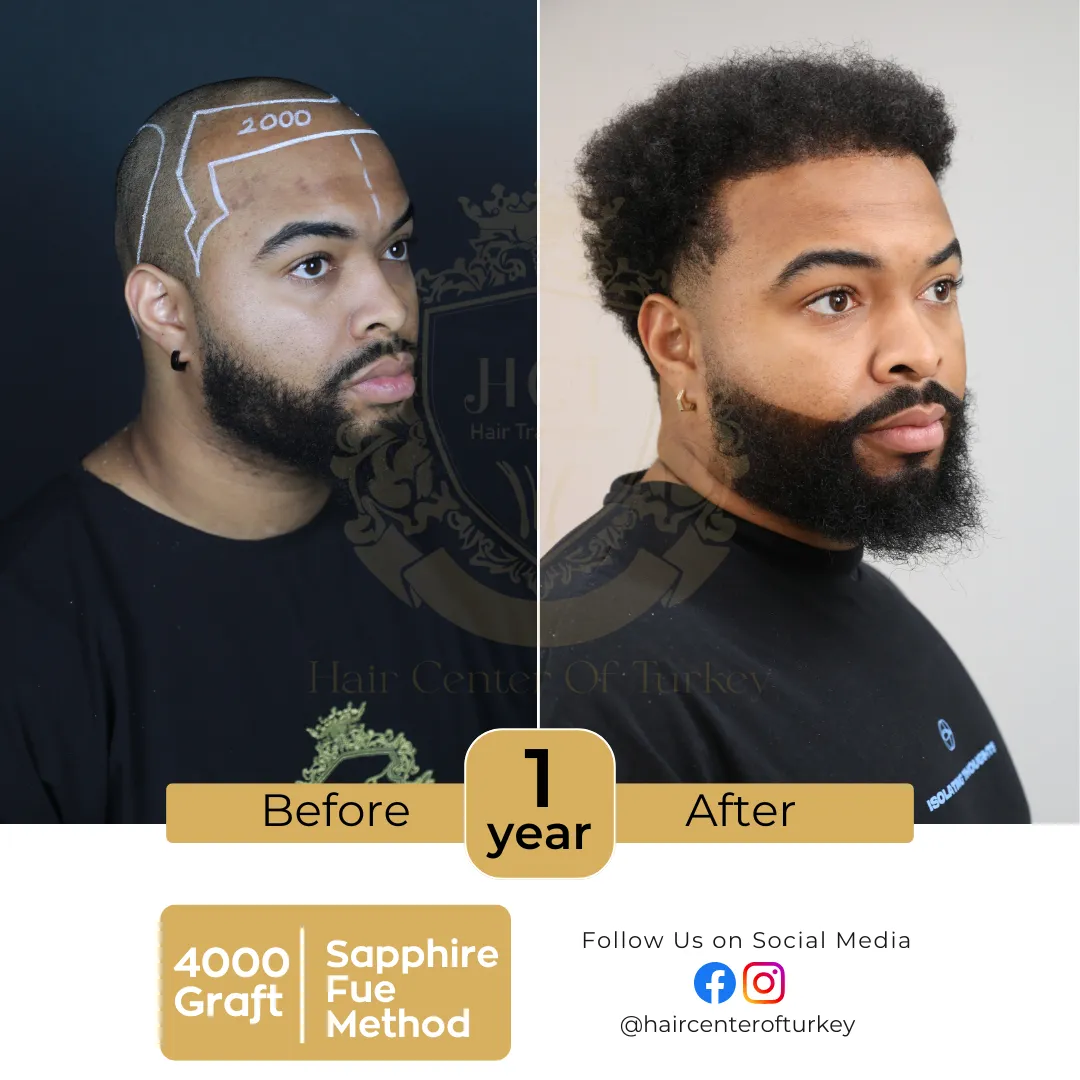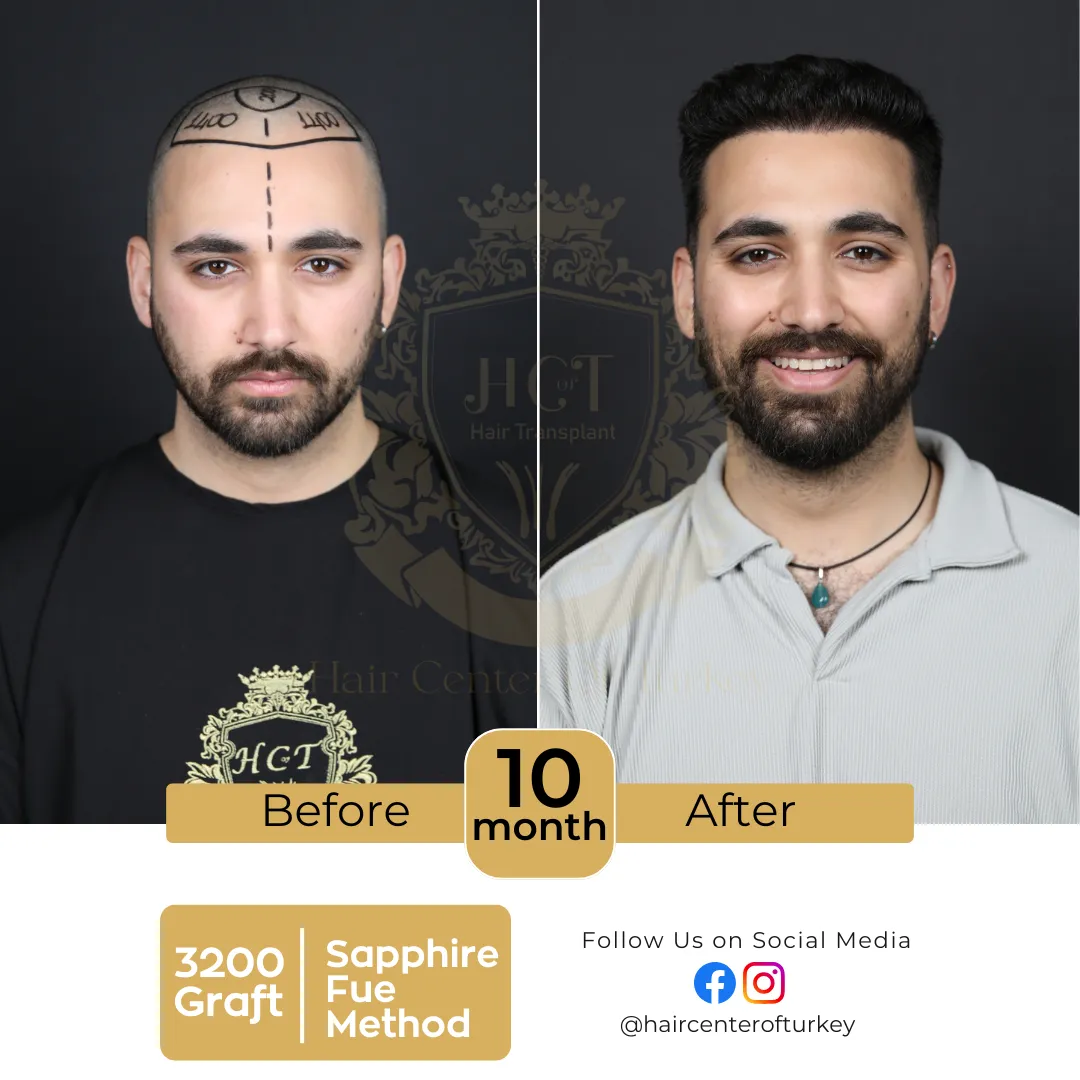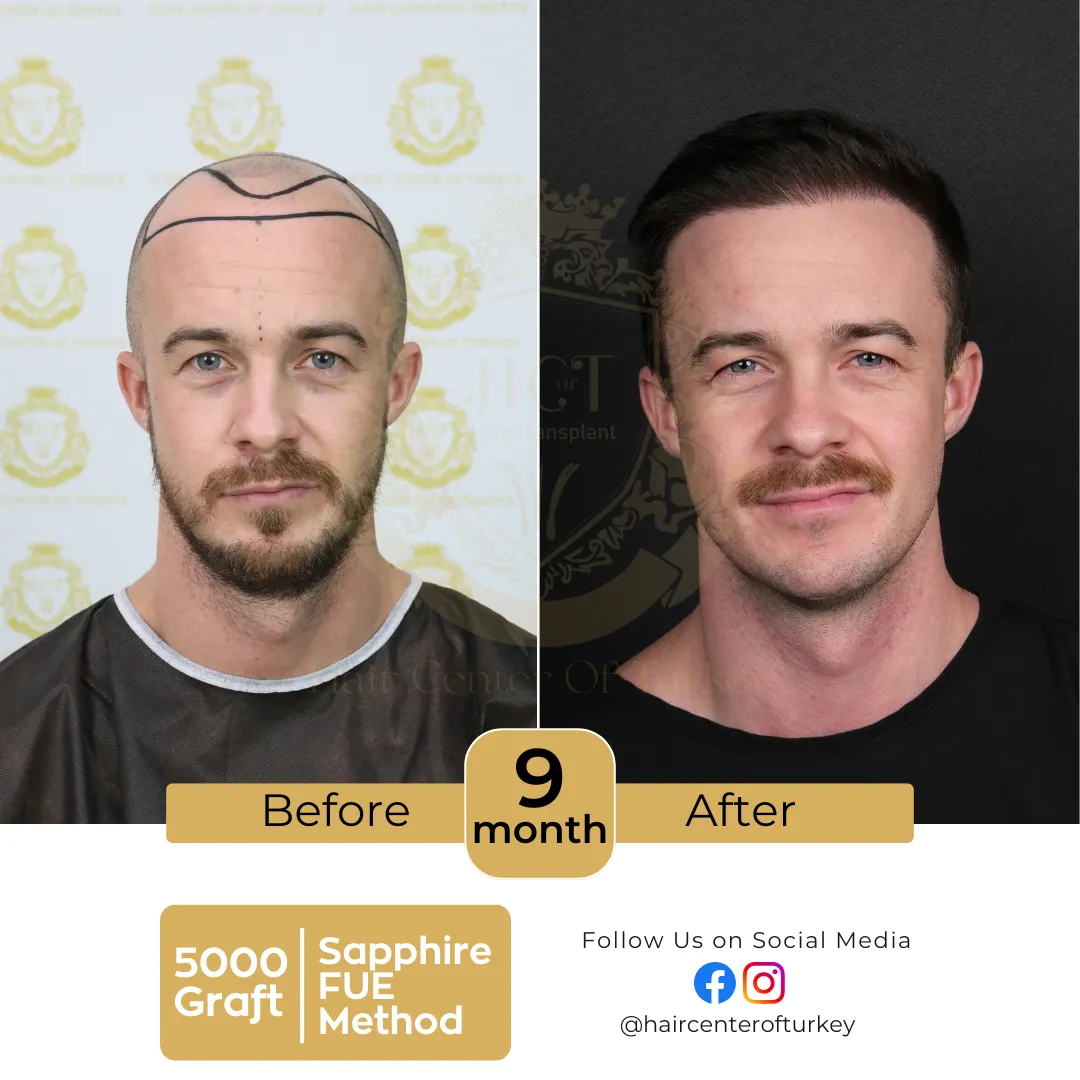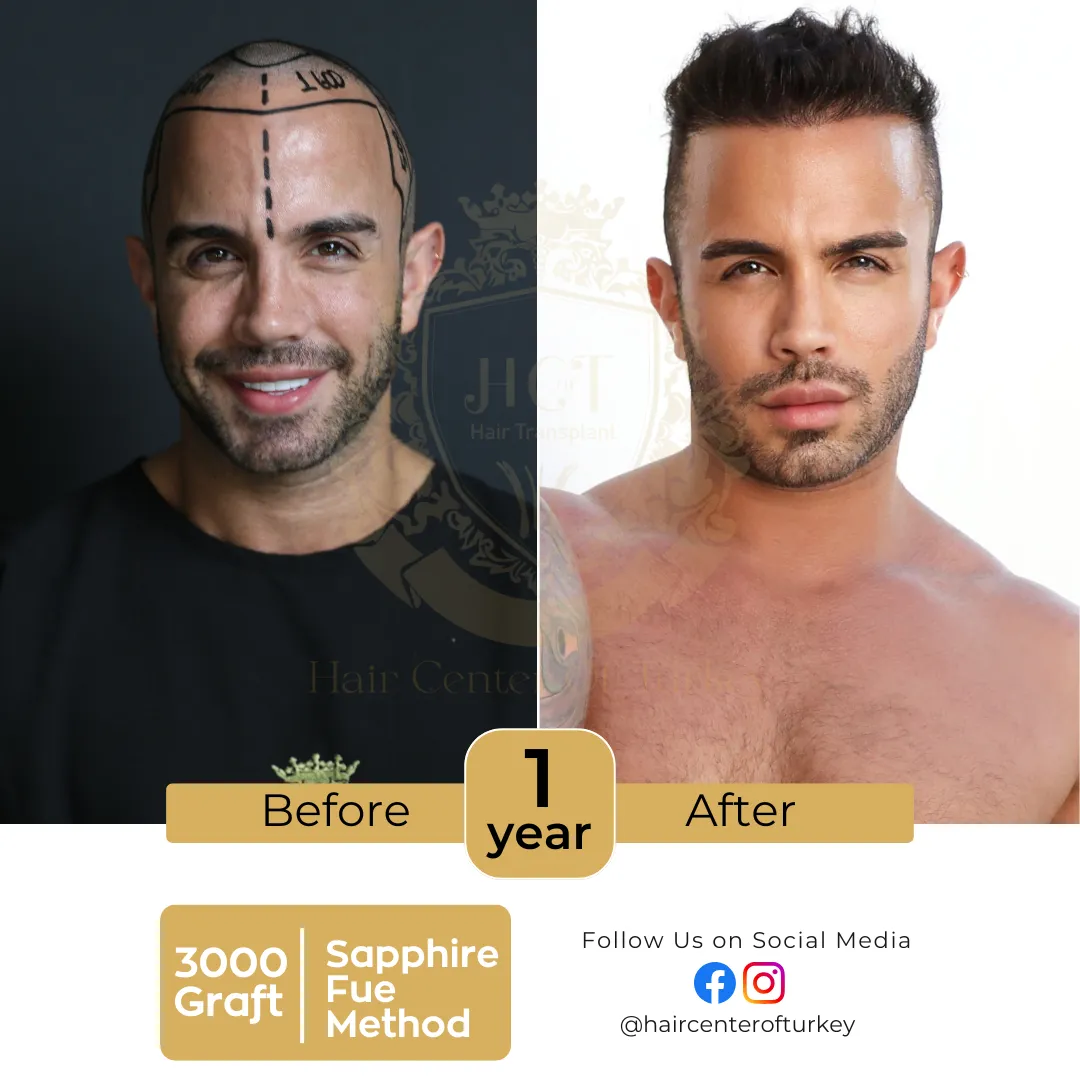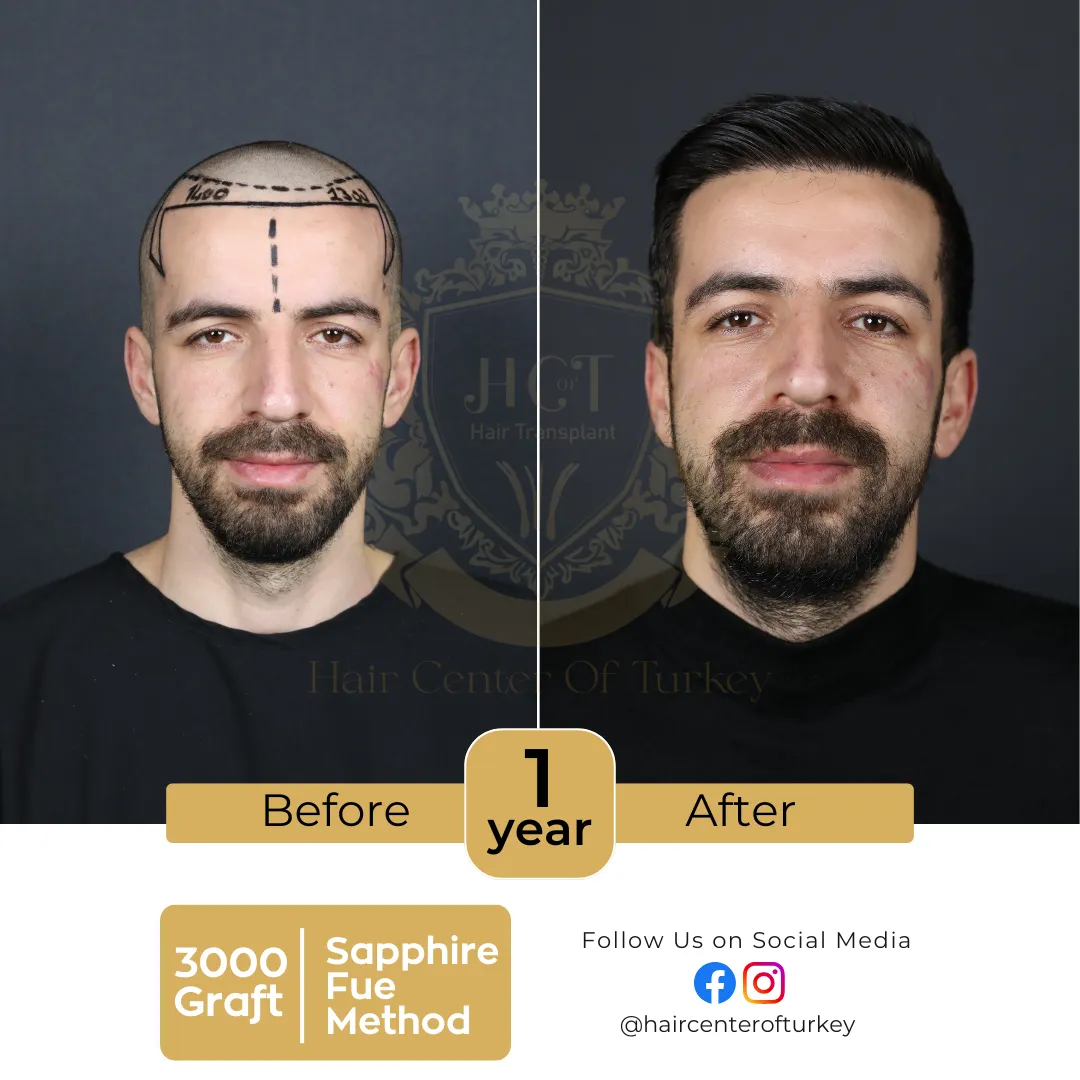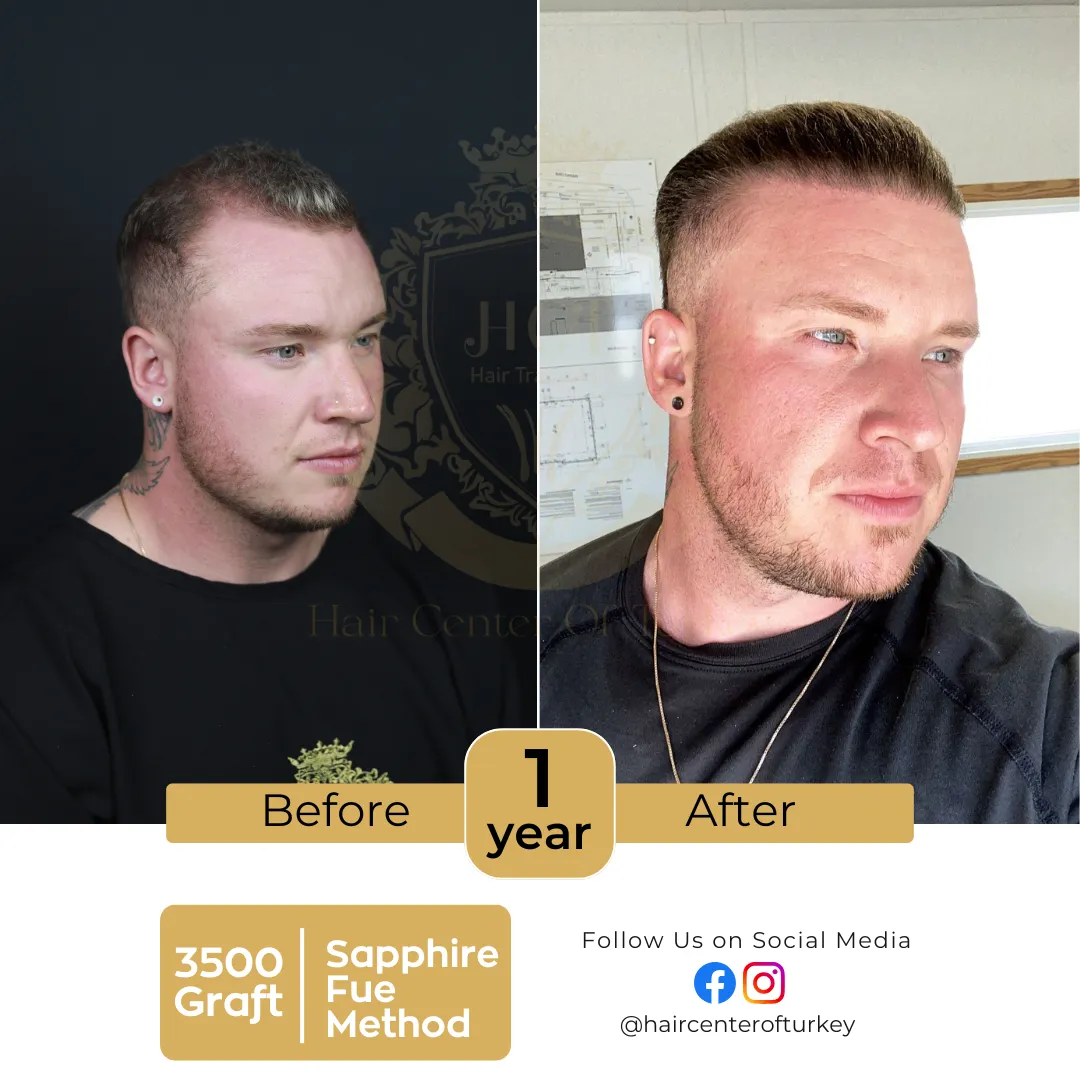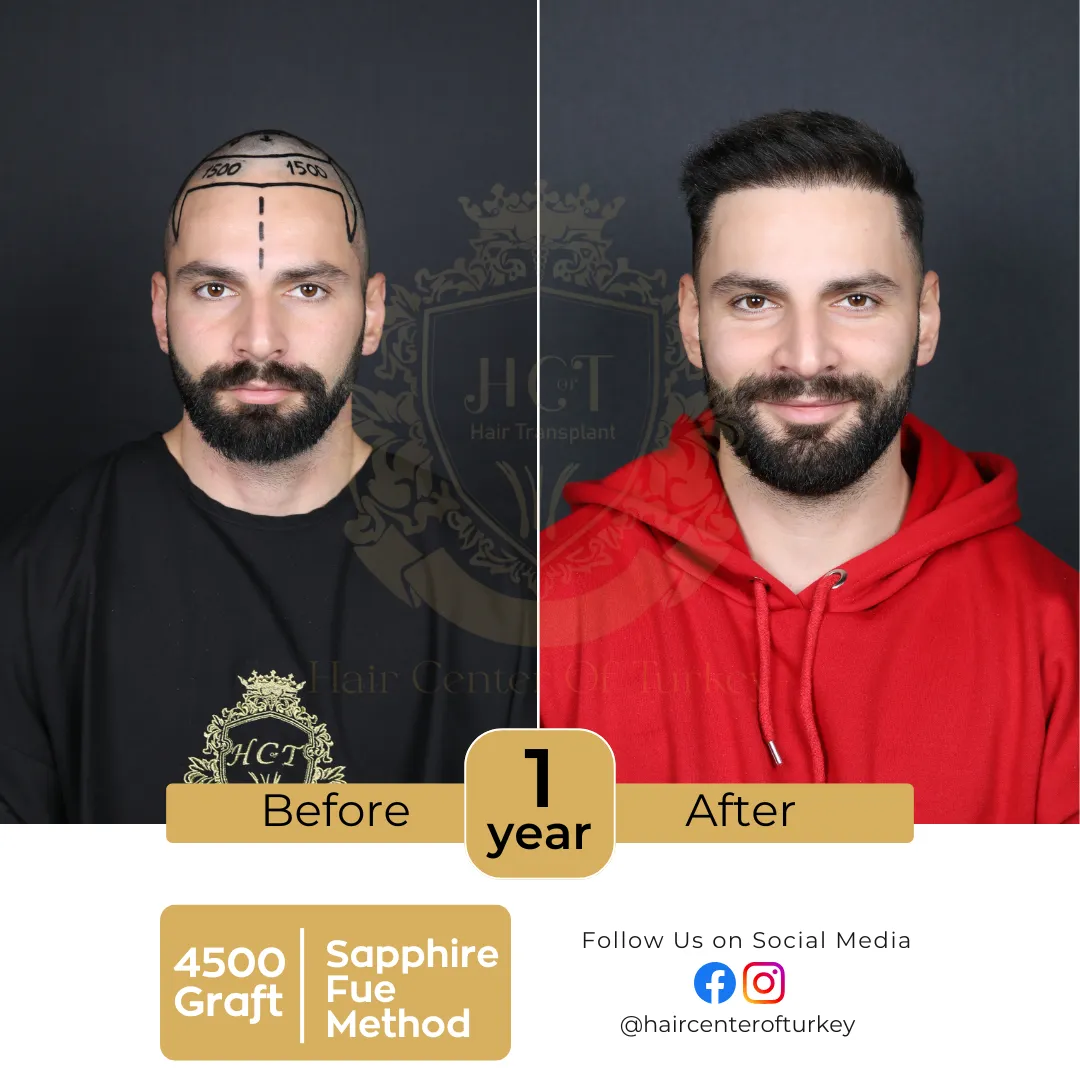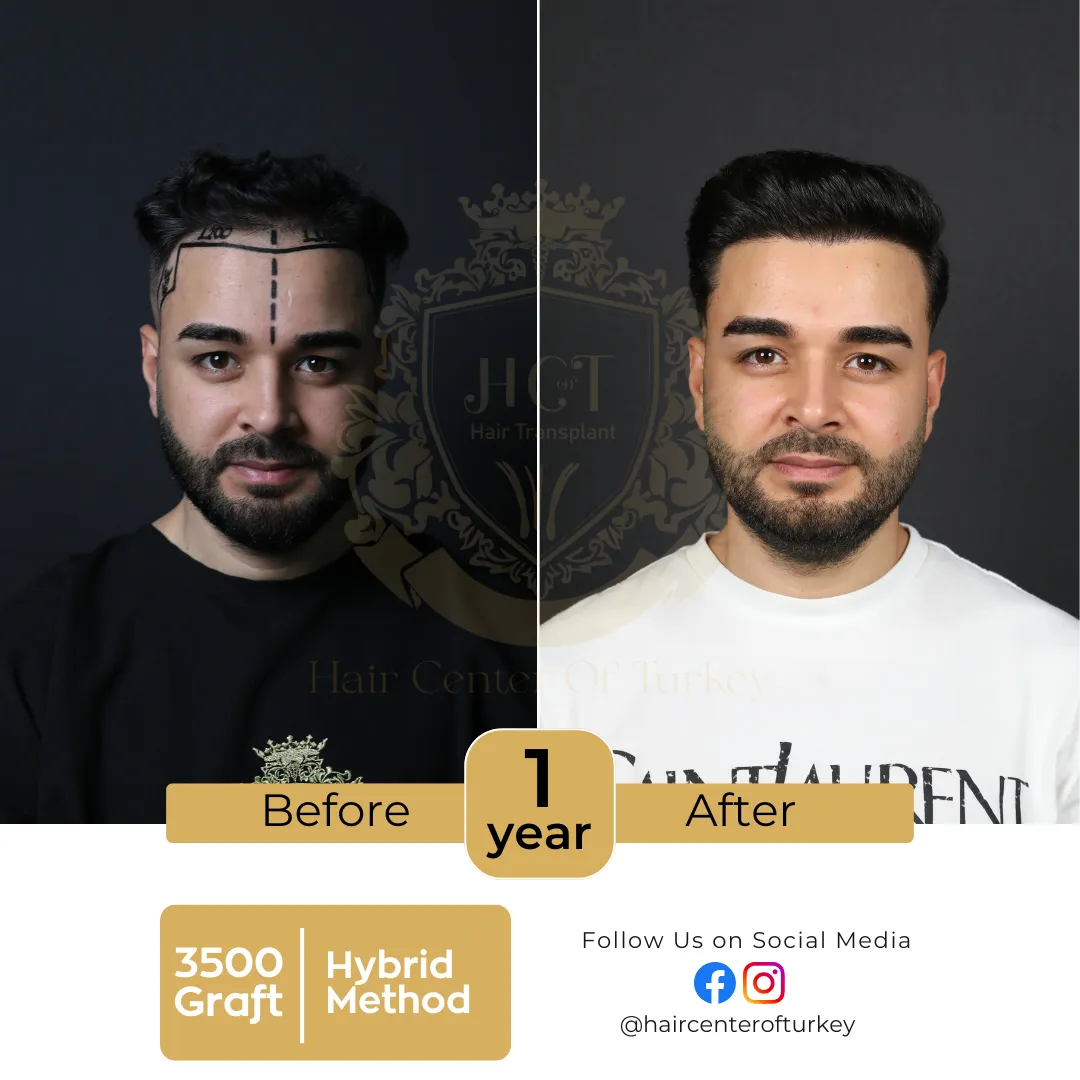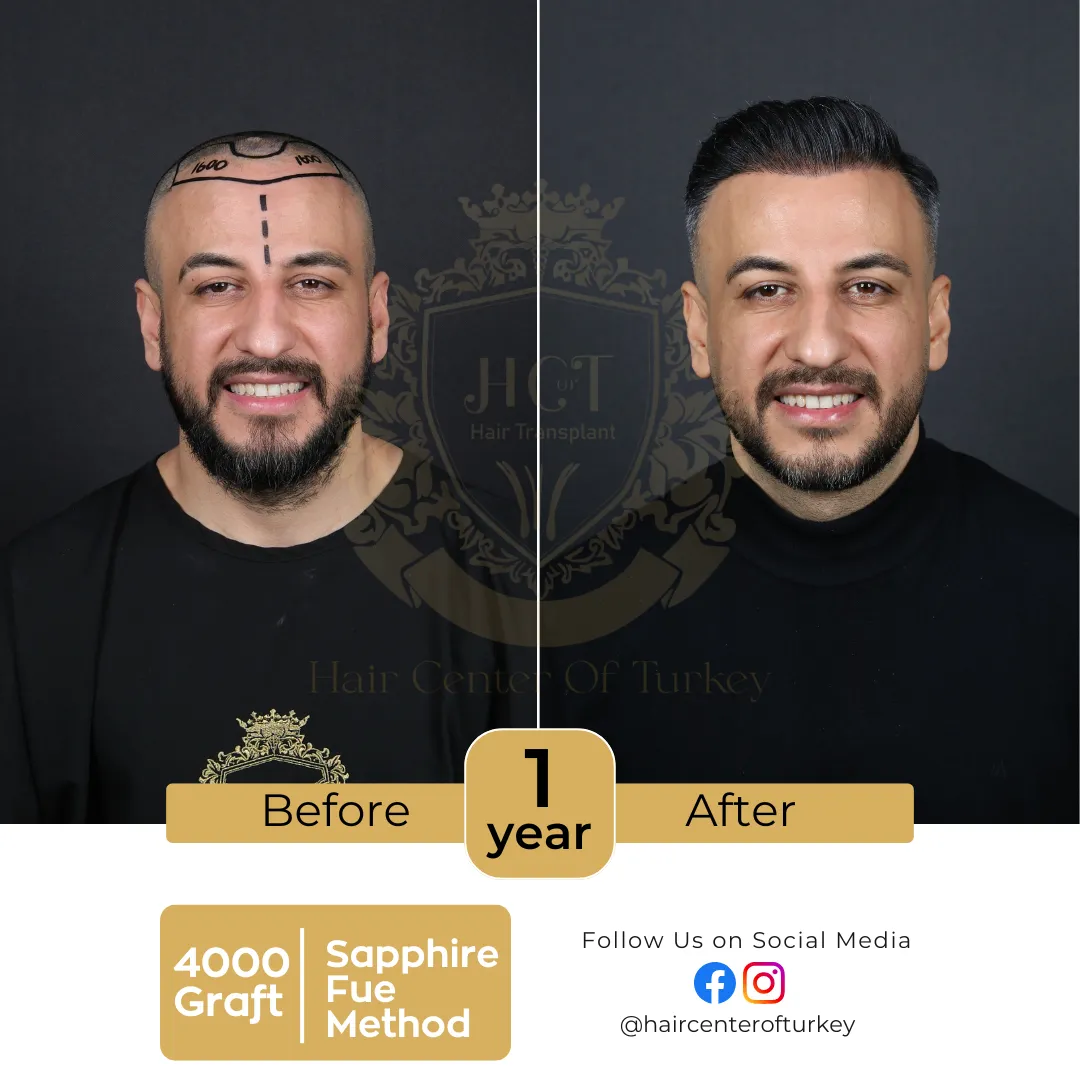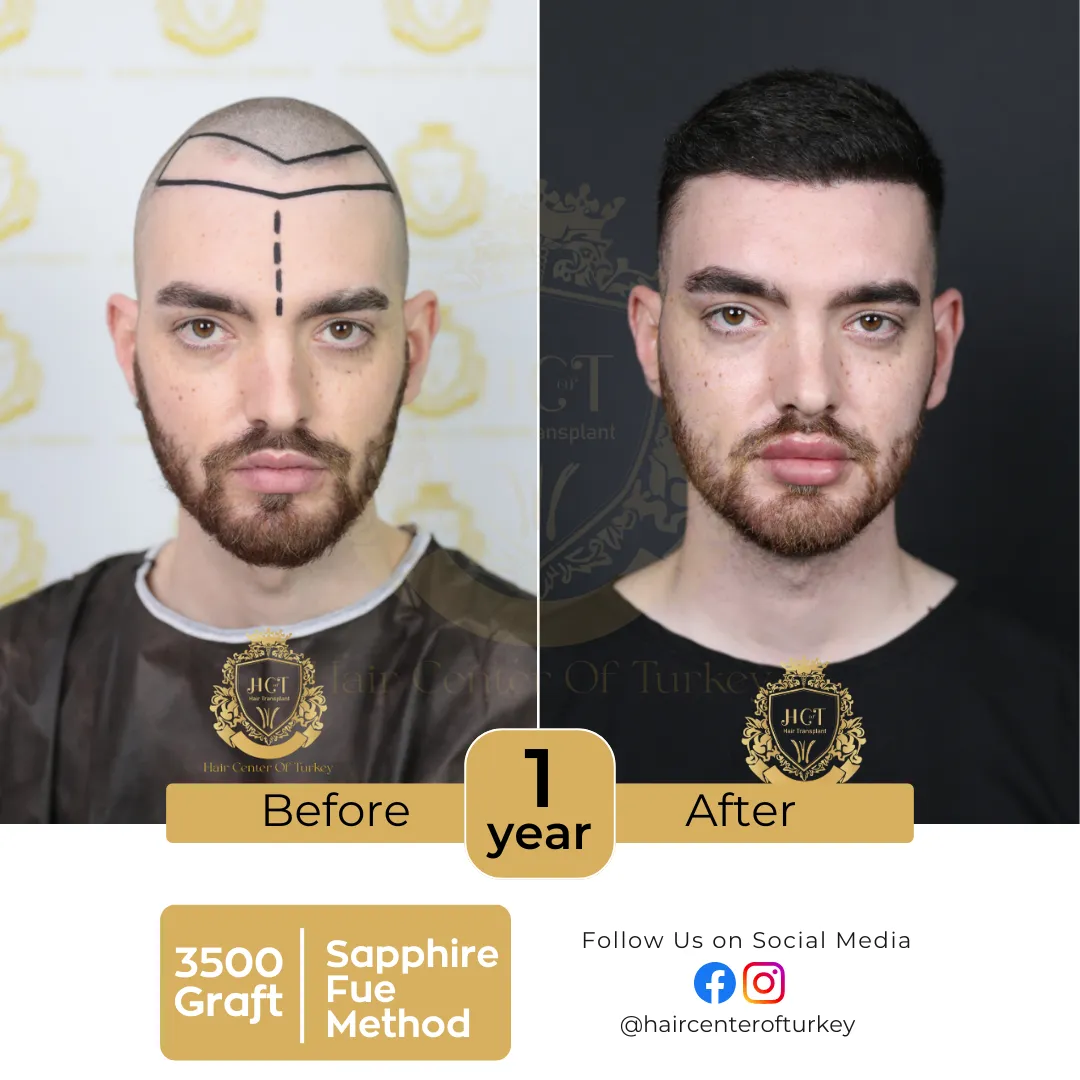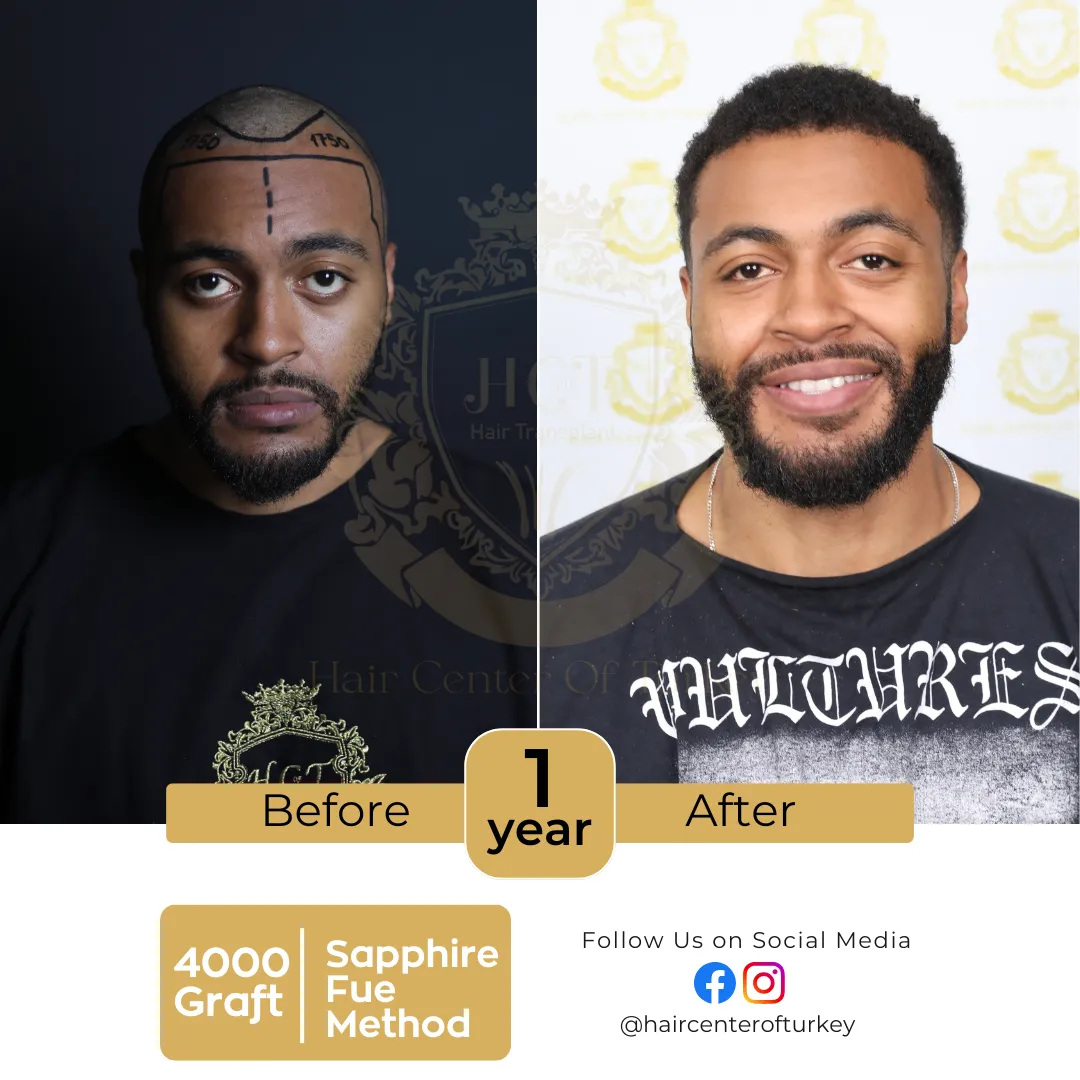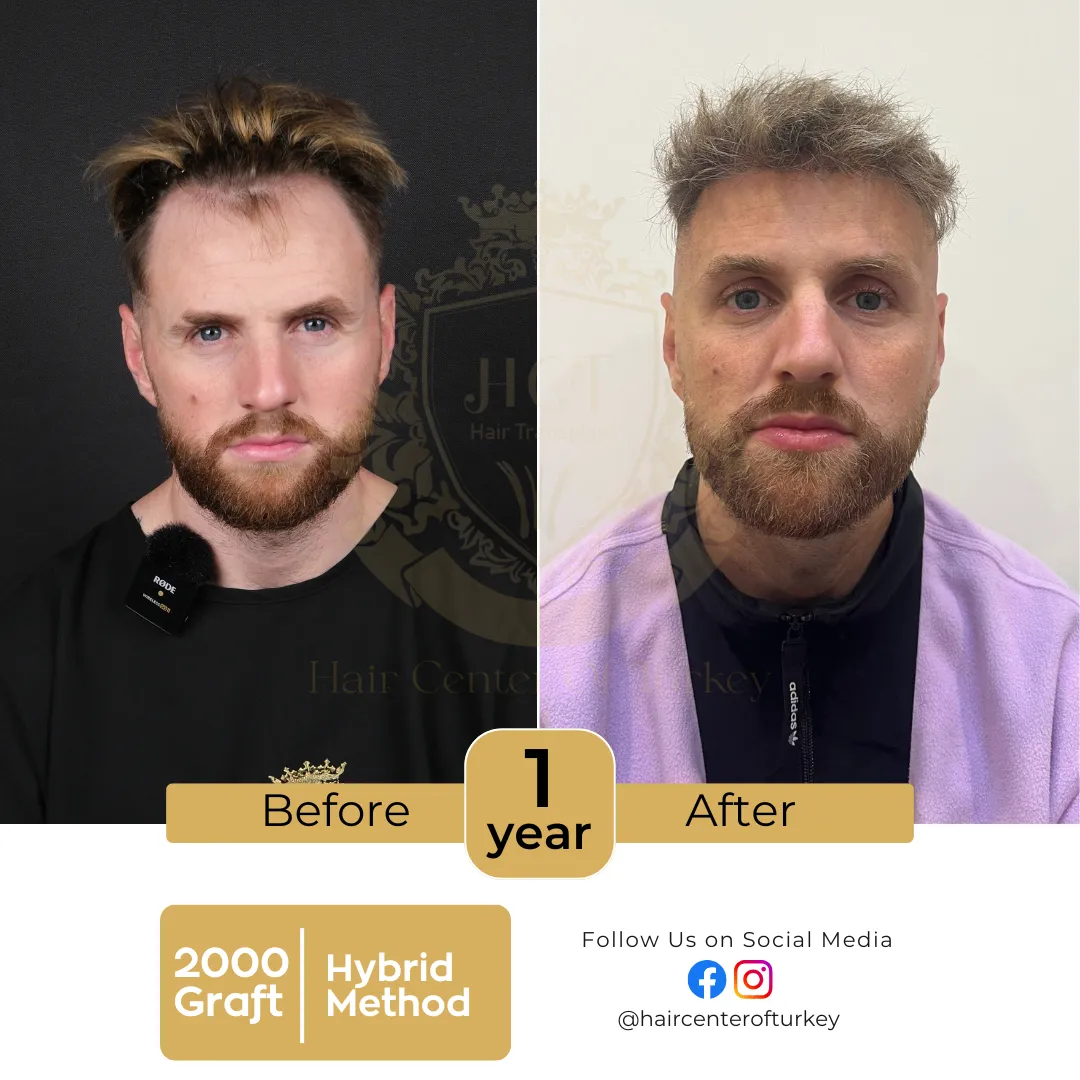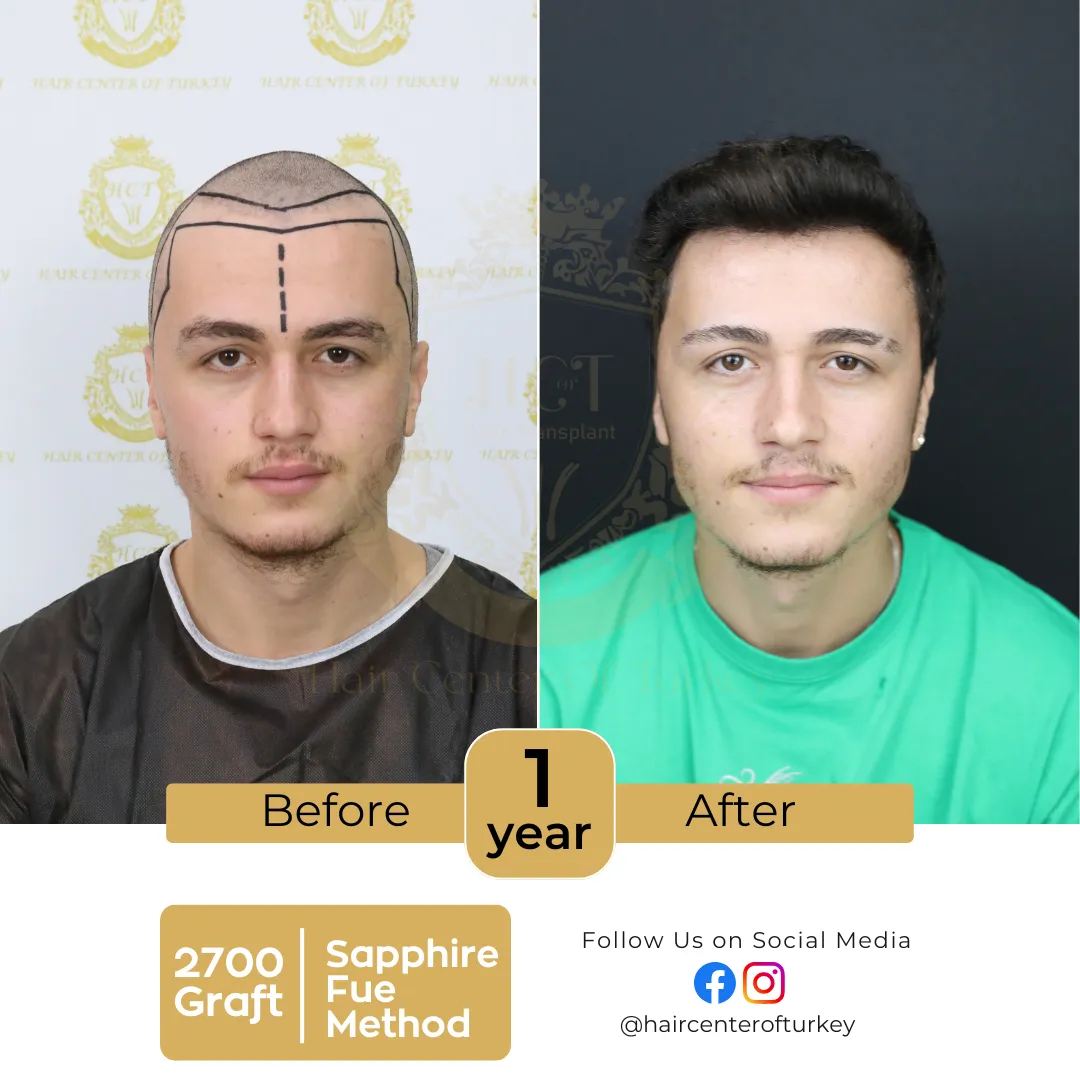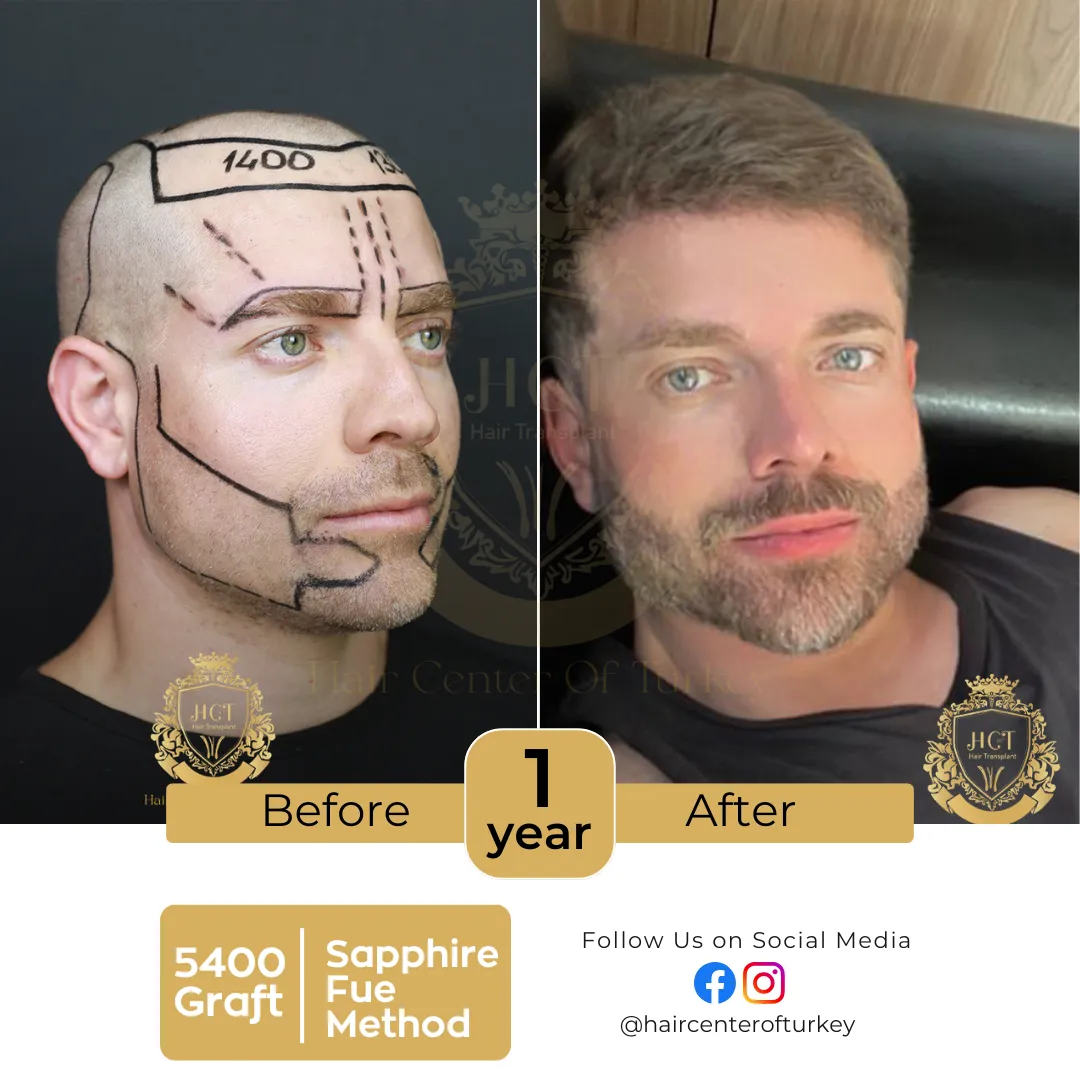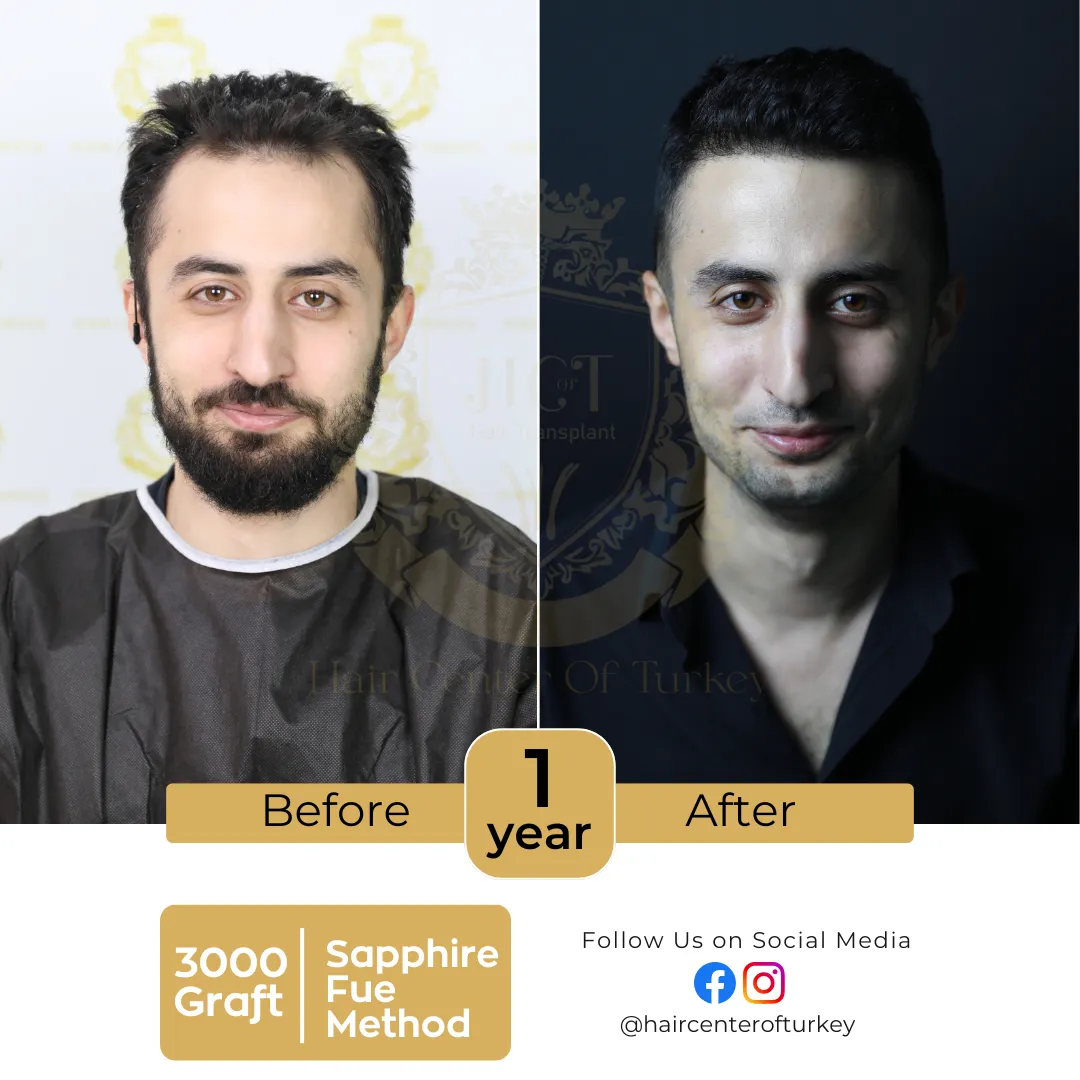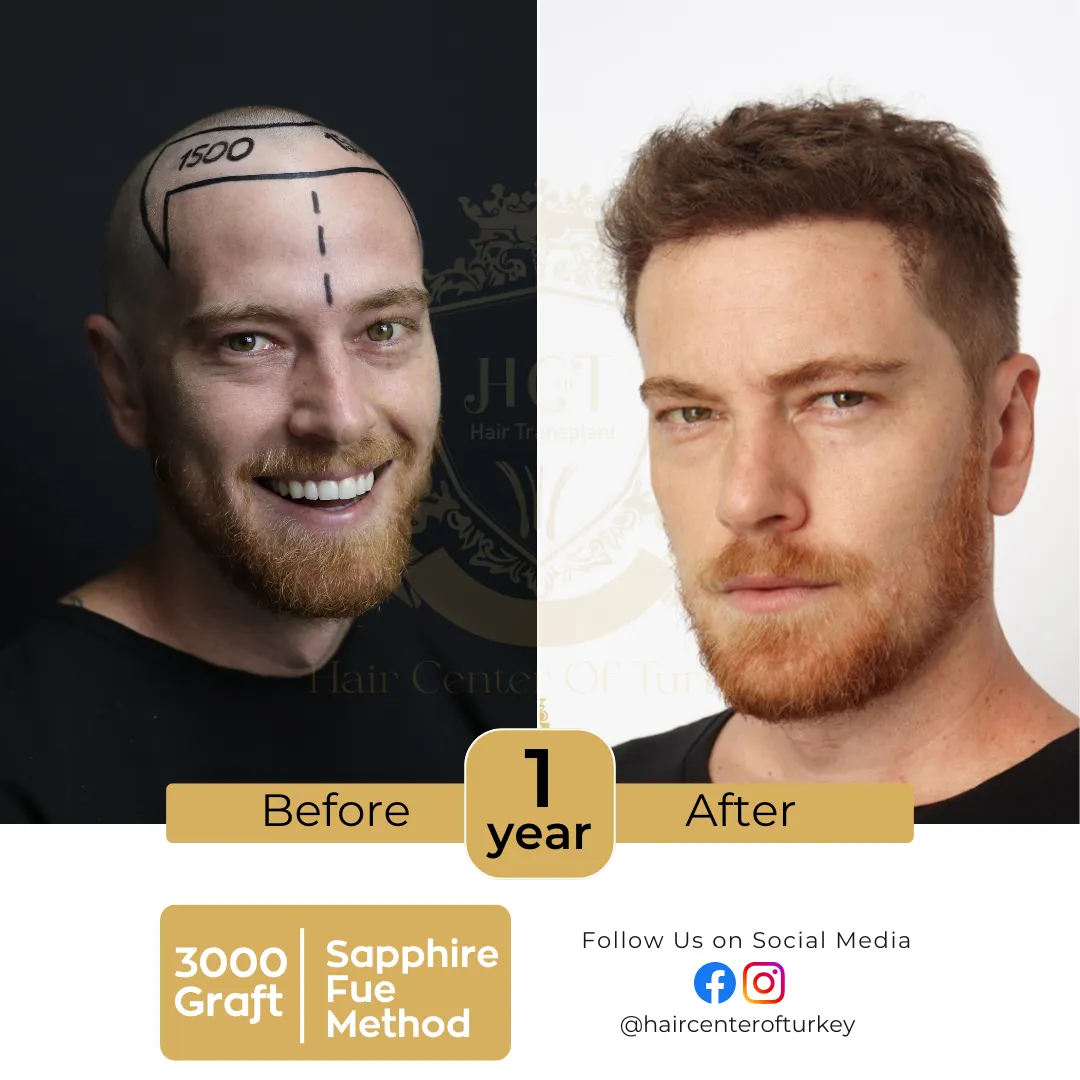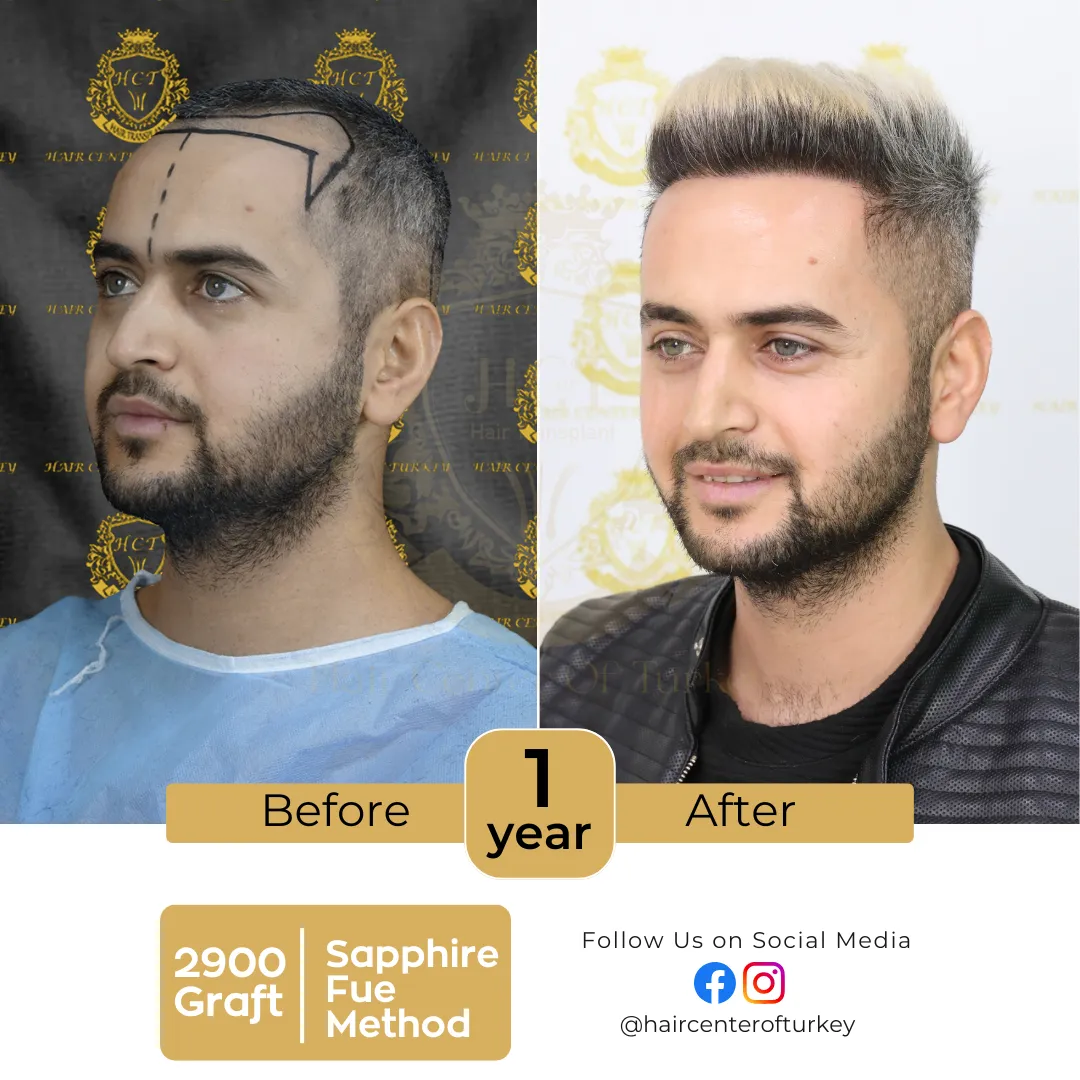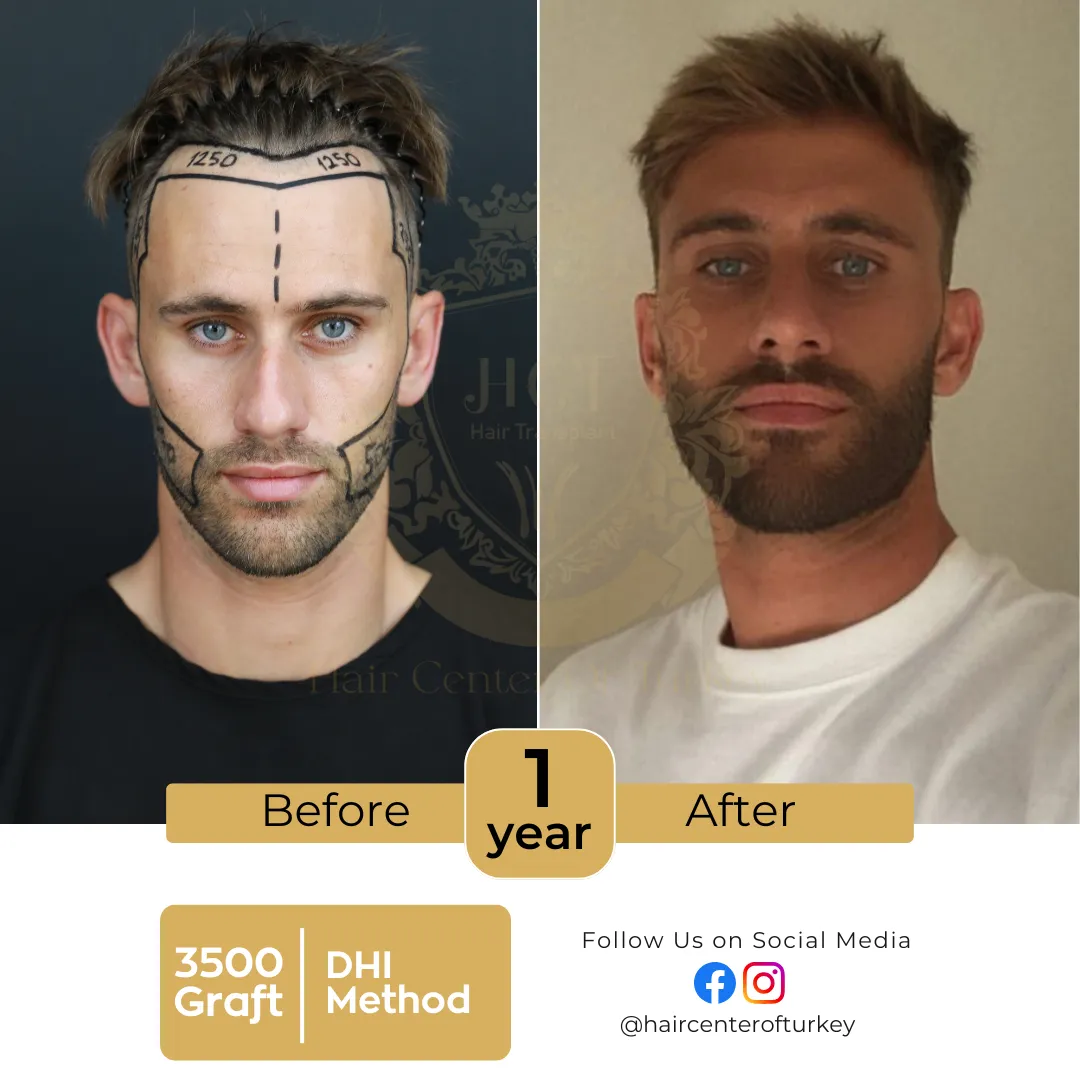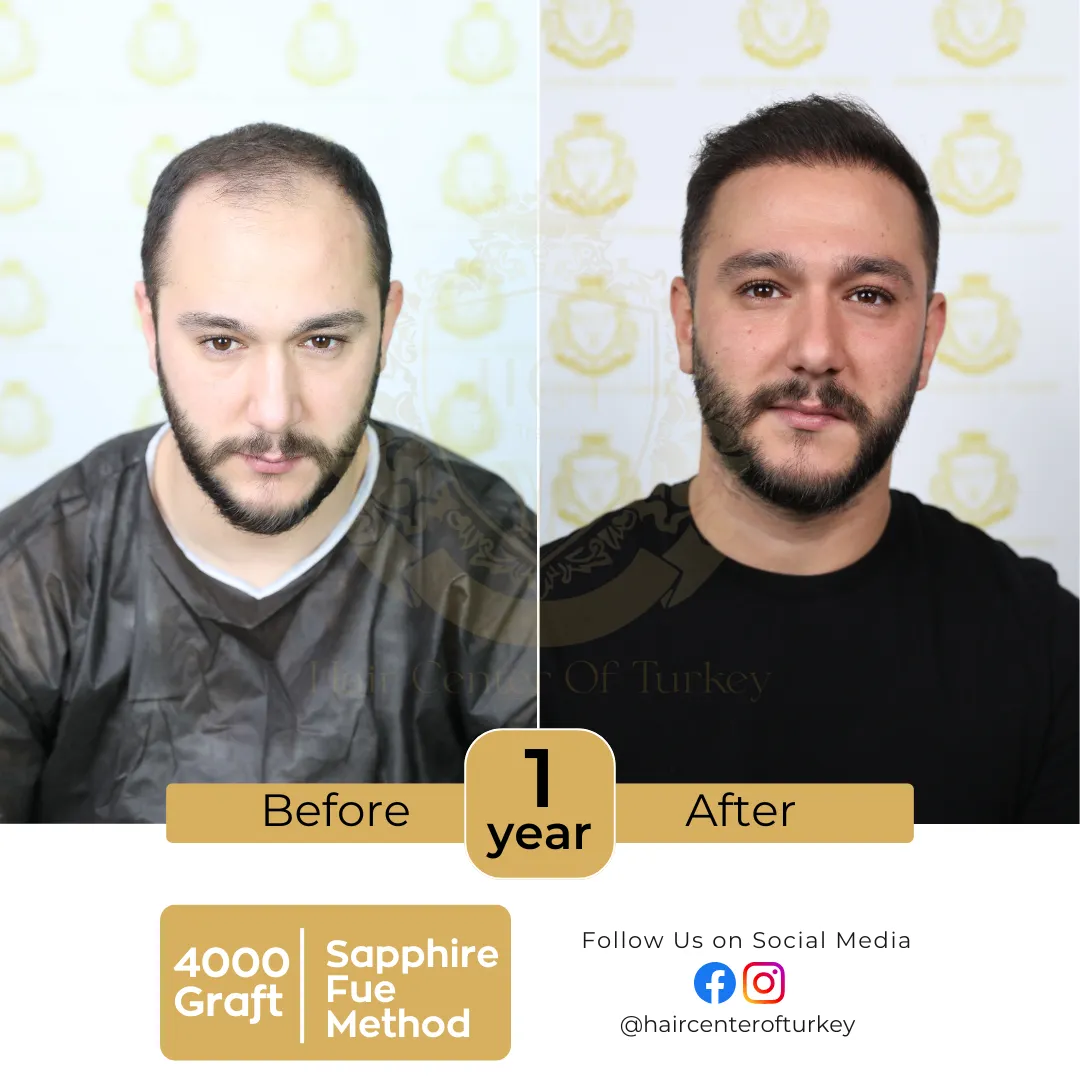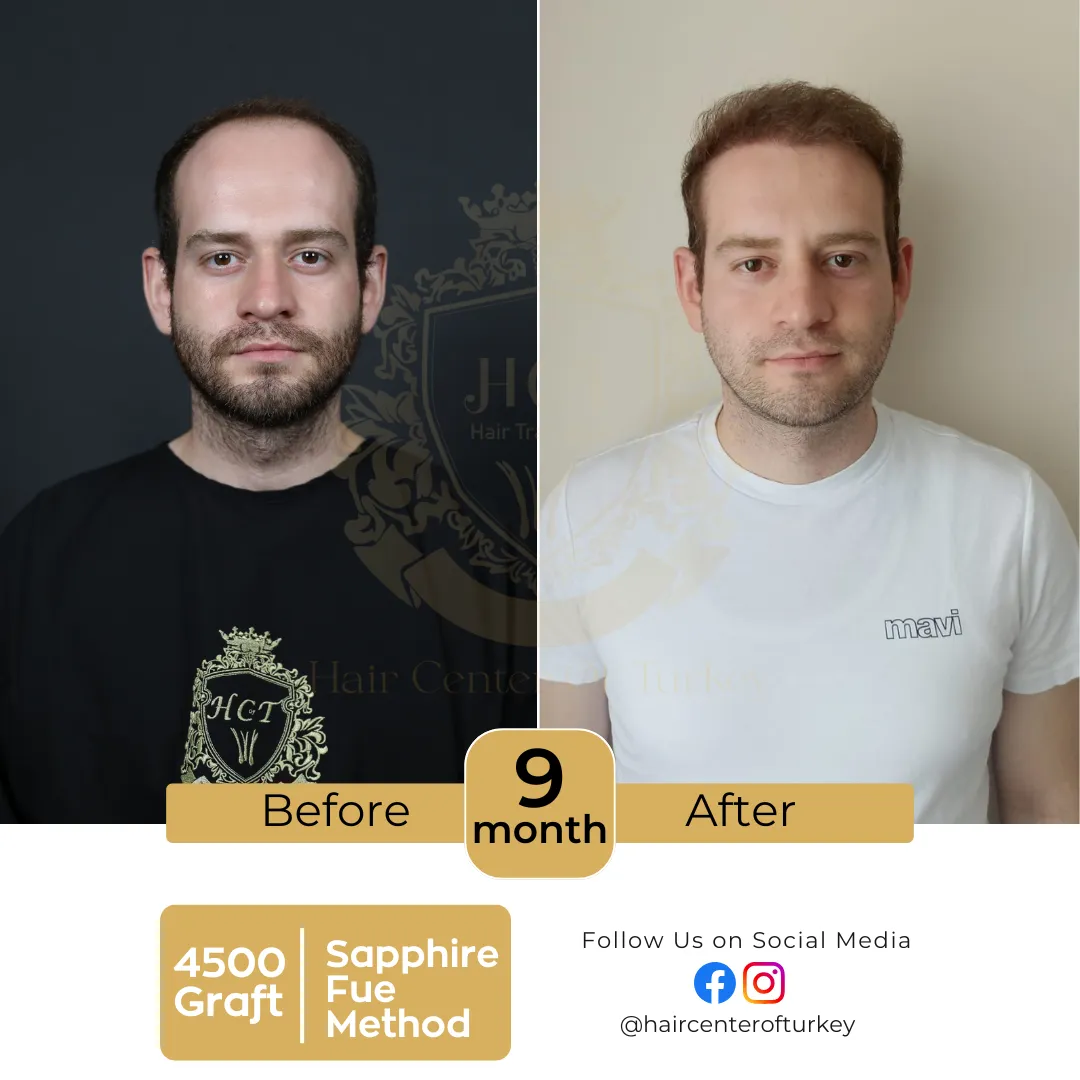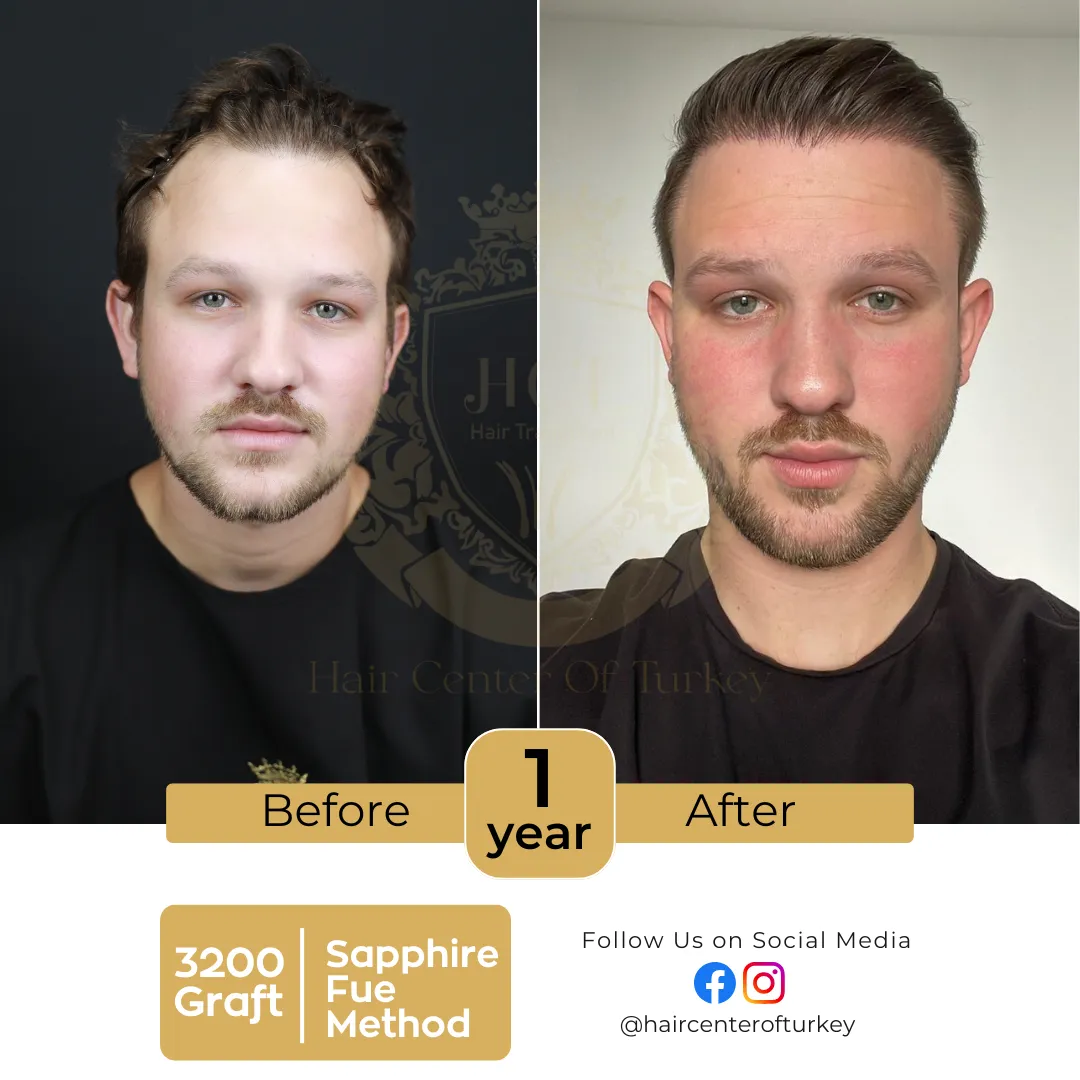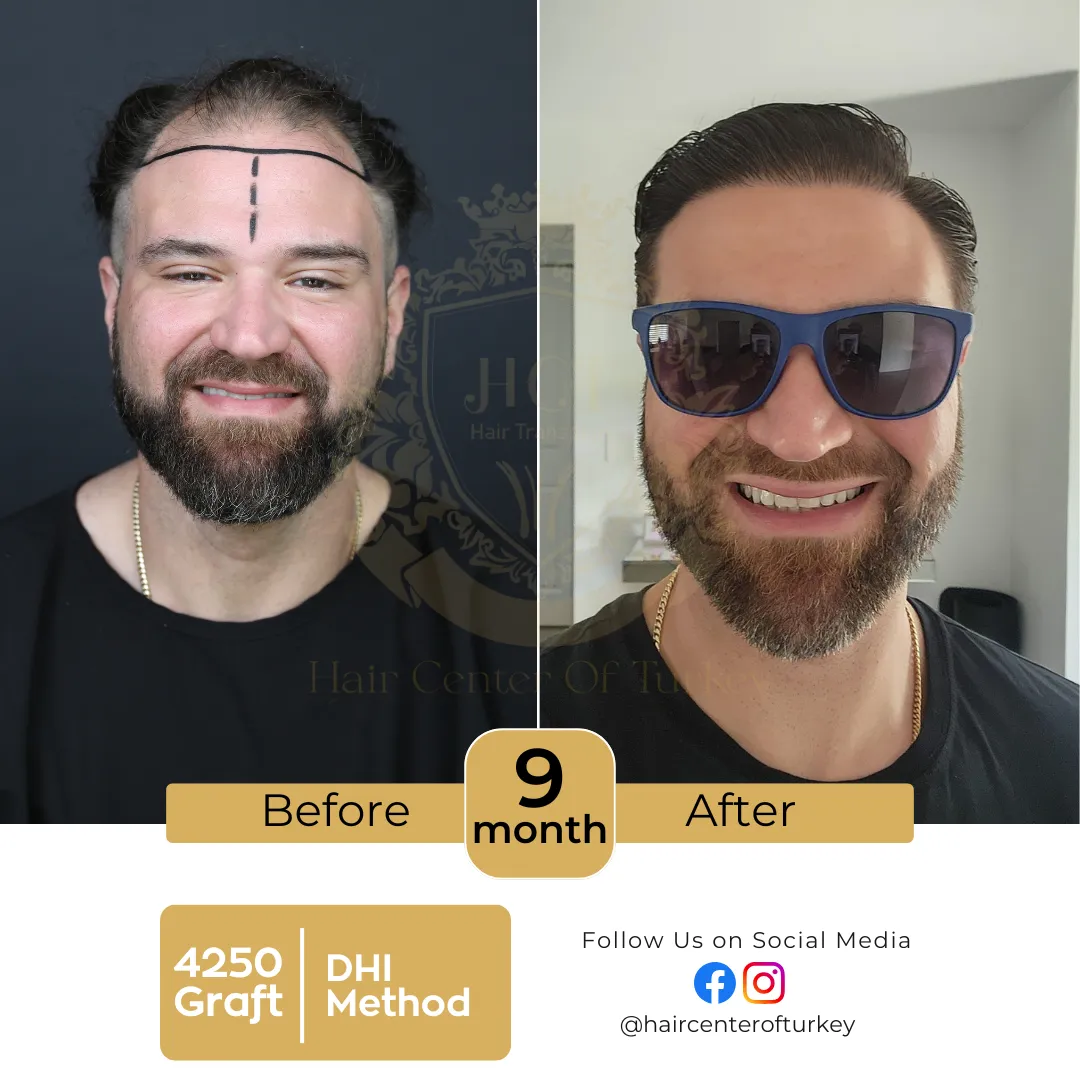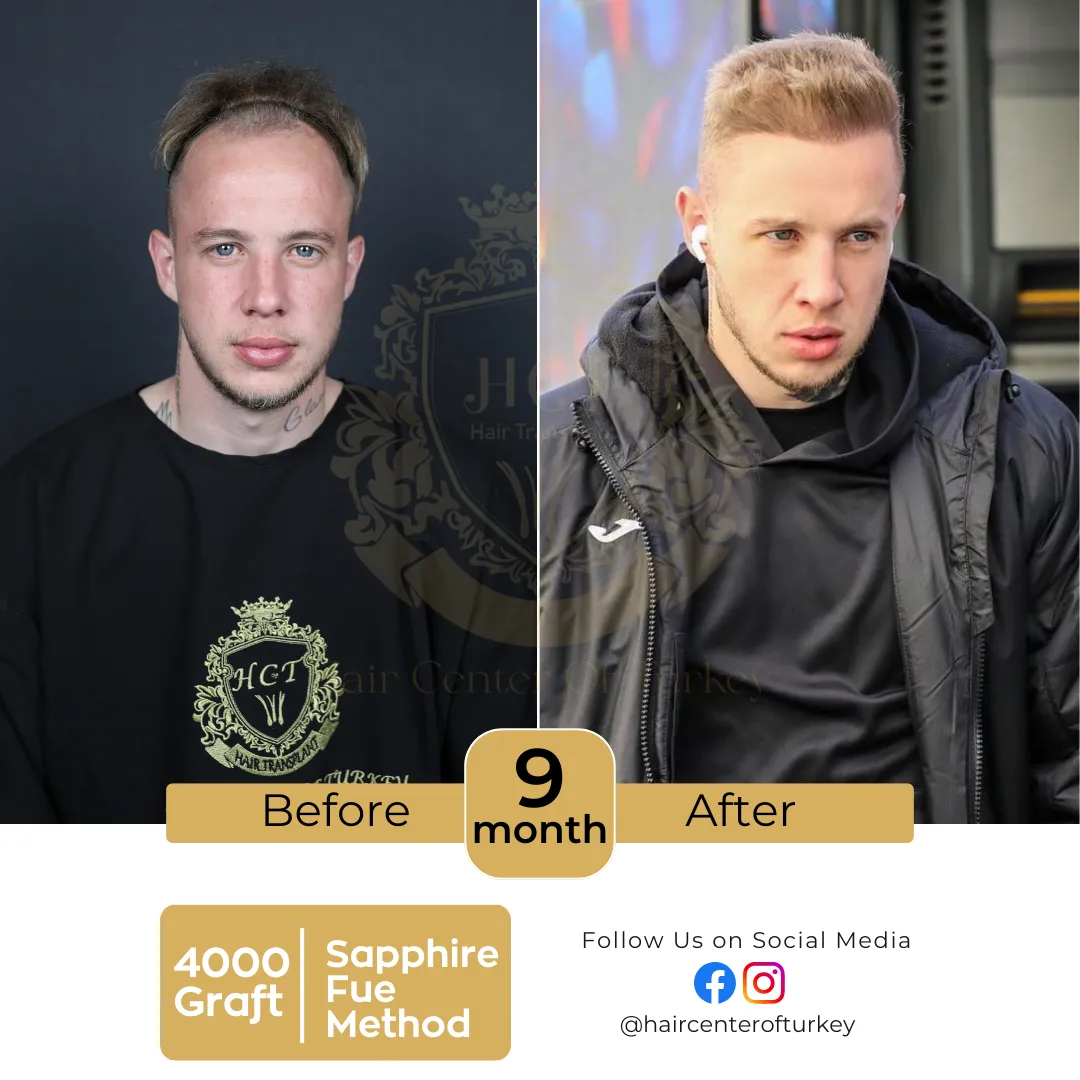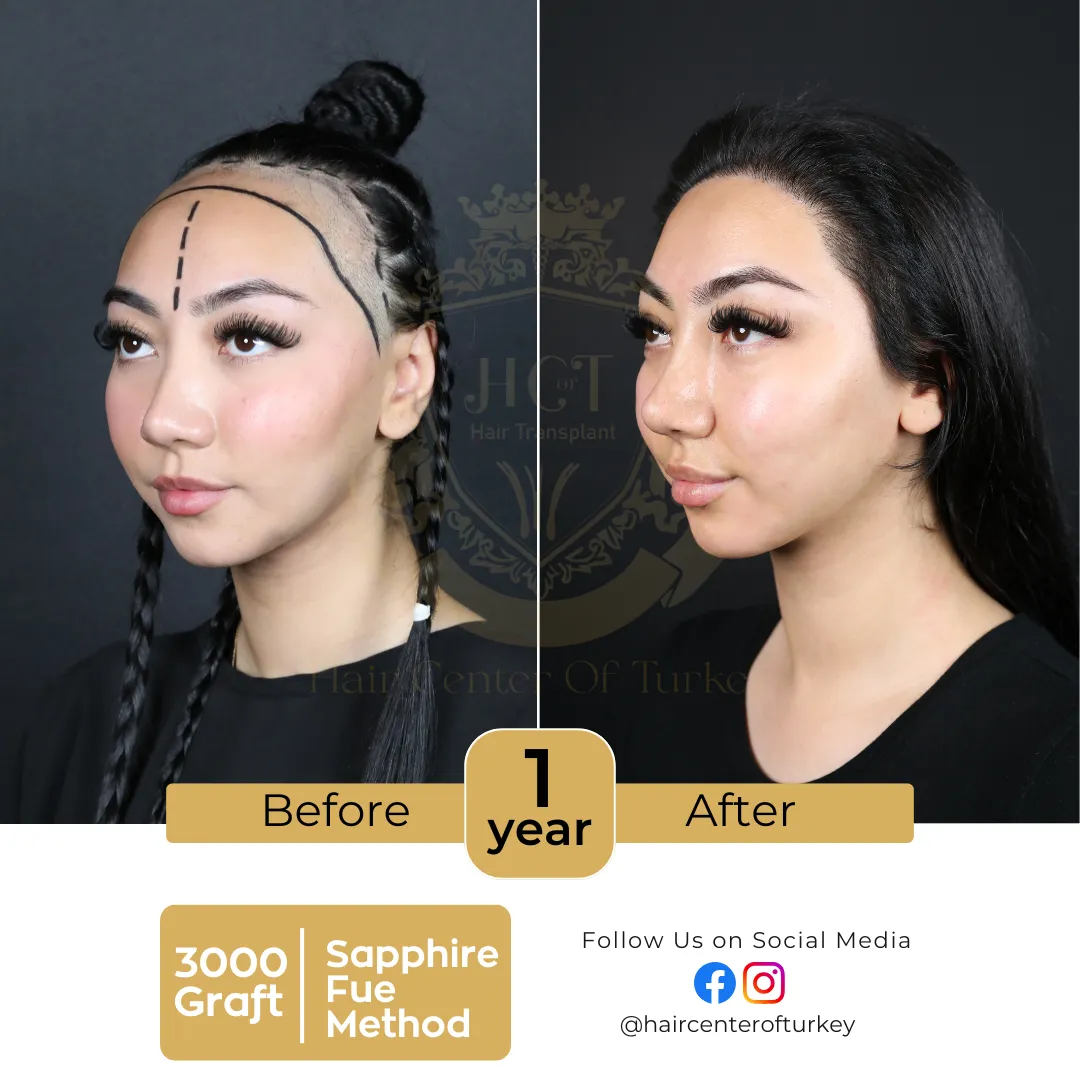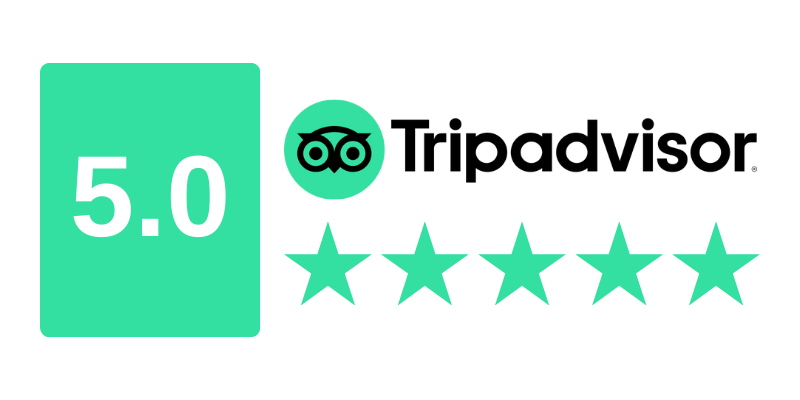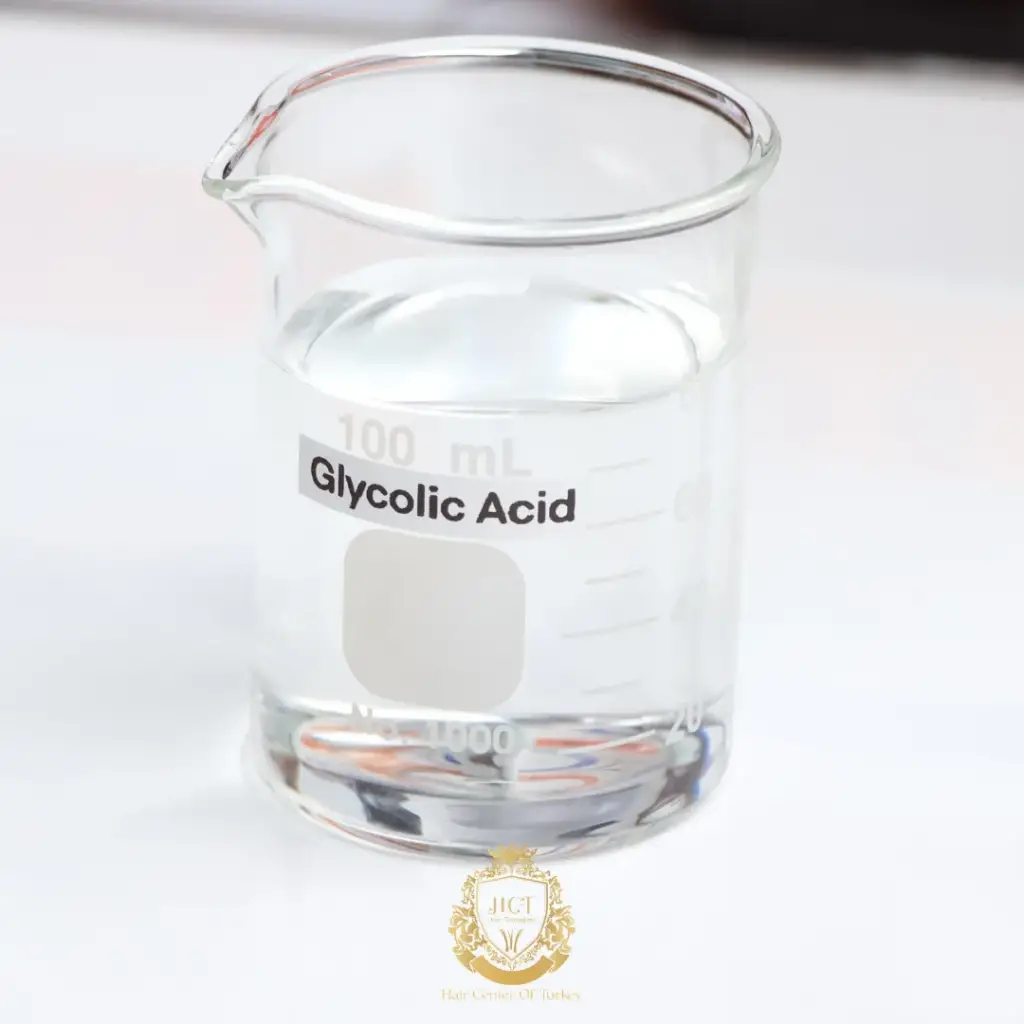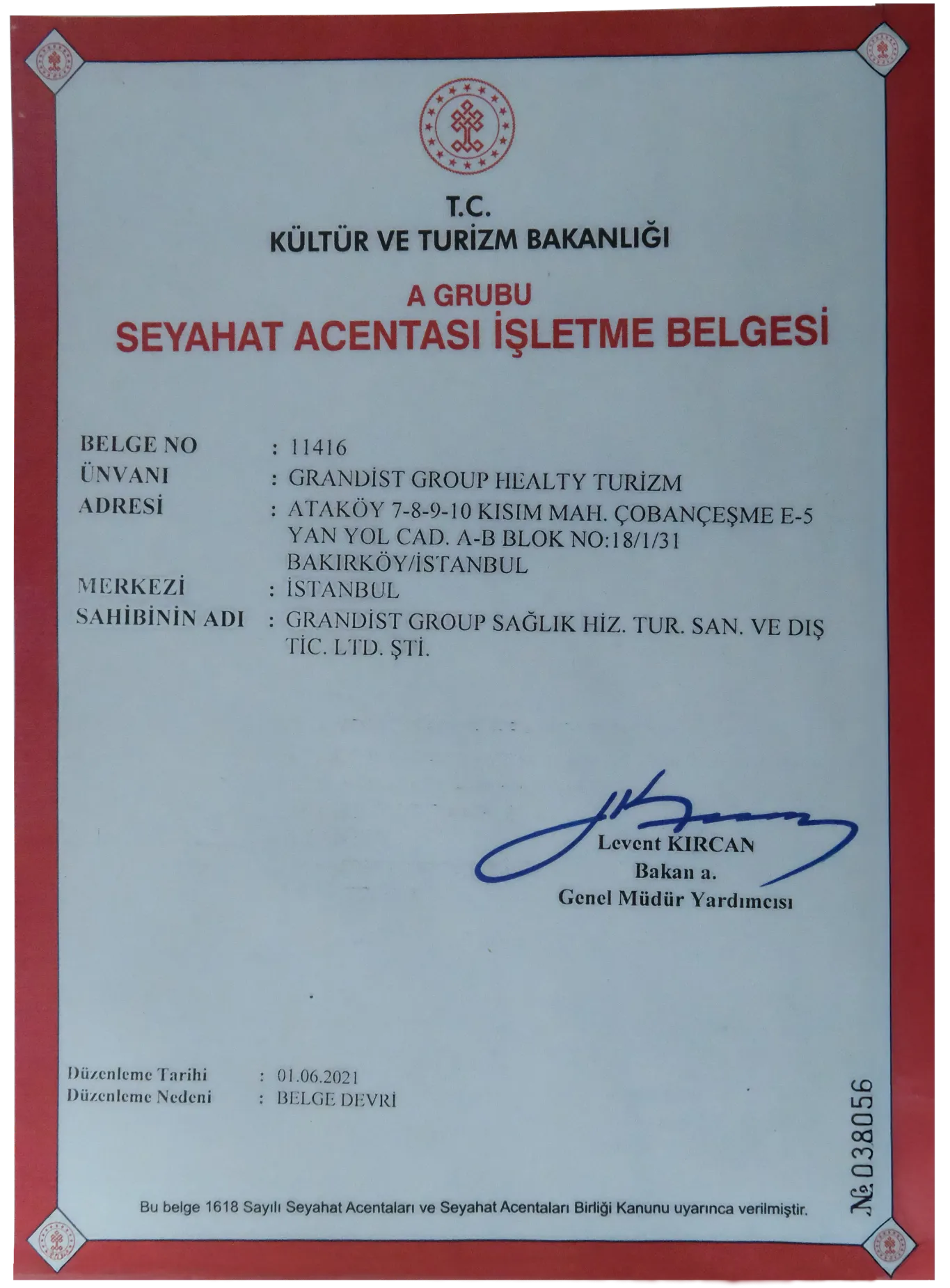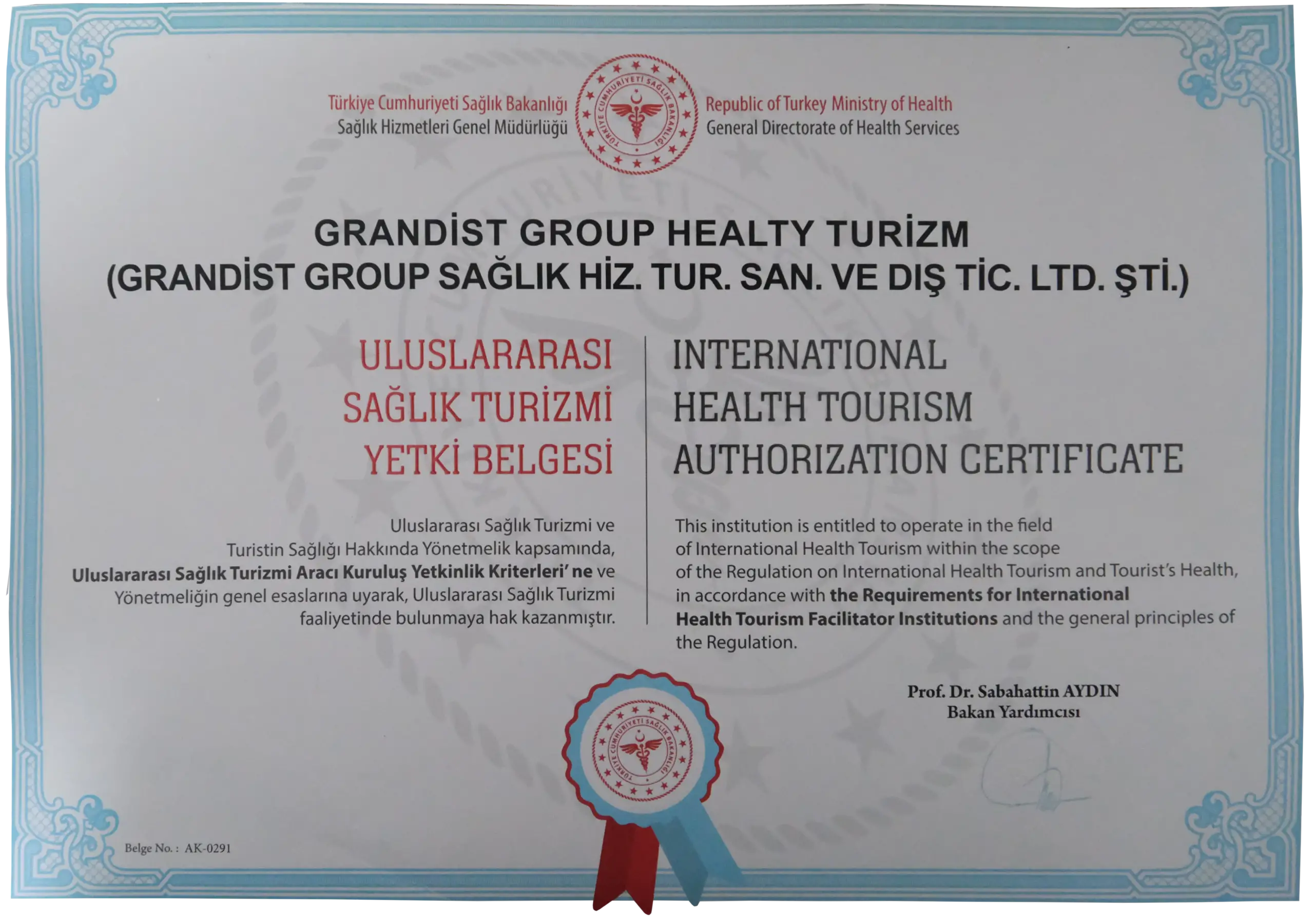Finasteride vs. Minoxidil
Hair loss is a common concern for both men and women, with millions searching for effective treatments. Two of the most widely used medications for hair restoration are Finasteride and Minoxidil. While both are clinically proven to combat male pattern hair loss, they work in different ways and suit different individuals. In this guide, we will explore the key differences, benefits, and potential side effects of each treatment.
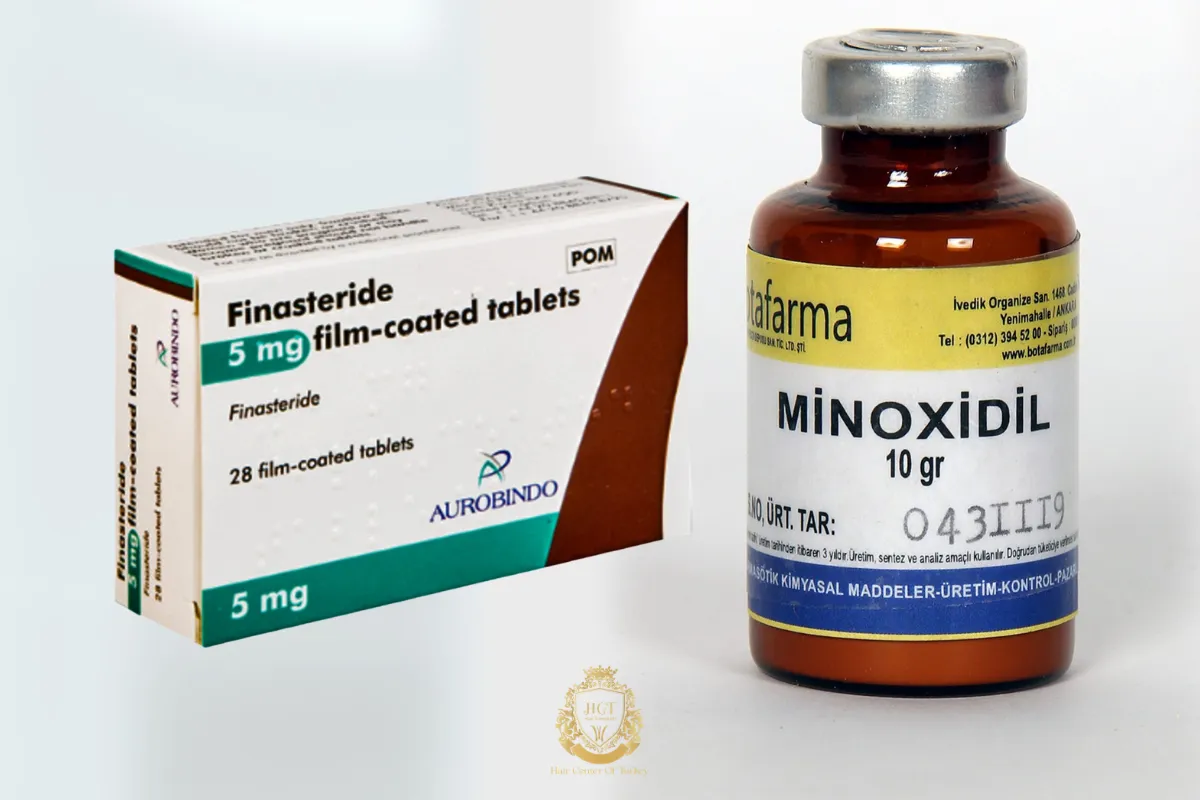
What is Finasteride?
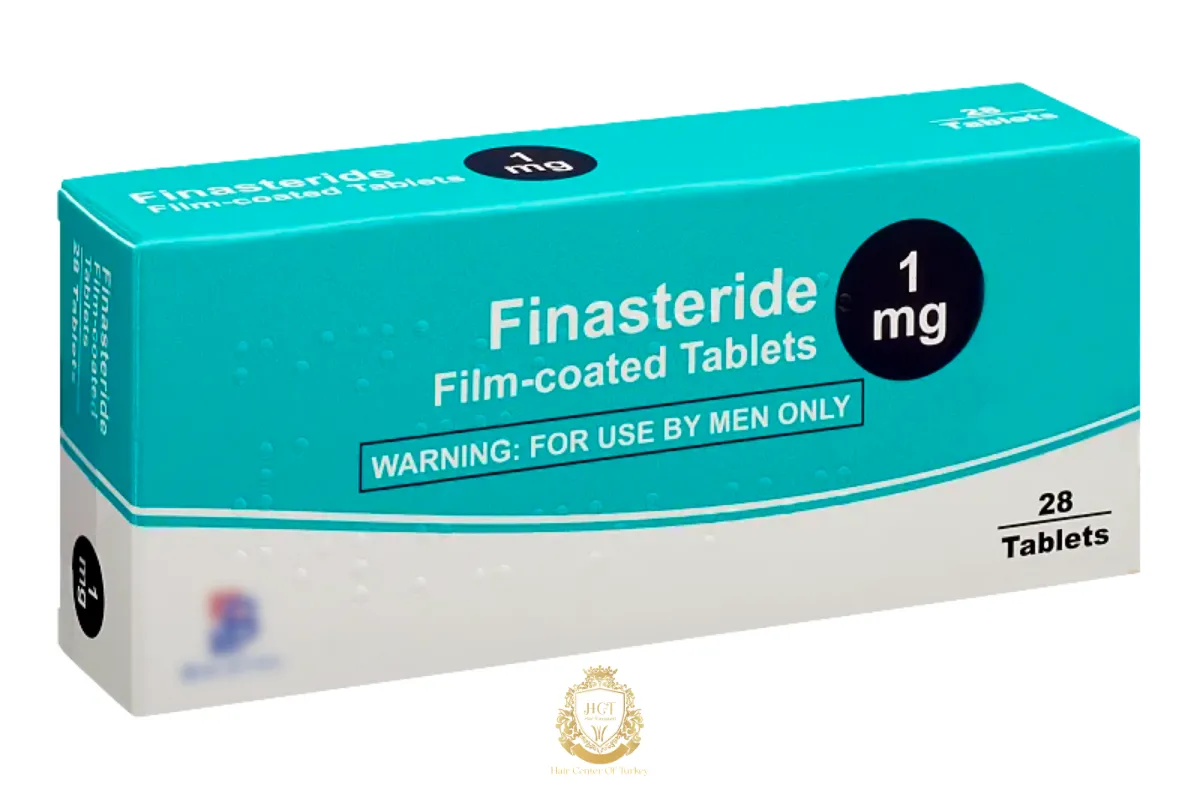
How Finasteride Works
Finasteride is an oral prescription medication that treats androgenetic alopecia (male pattern baldness). It works by inhibiting 5-alpha reductase, an enzyme that converts testosterone into dihydrotestosterone (DHT). DHT is the primary hormone responsible for hair follicle miniaturization, which leads to progressive hair thinning and eventual hair loss. By lowering DHT levels, Finasteride helps slow down hair loss and, in some cases, even regrow hair.
Who Can Use Finasteride?
- Men: Primarily prescribed for males experiencing treatment for hair loss in the crown and hairline areas.
- Women: Not typically recommended, particularly for those who are pregnant or may become pregnant, as it can cause birth defects.
- Individuals with early-stage hair loss: Finasteride works best for those experiencing mild to moderate hair thinning.
Effectiveness of Finasteride
Studies show that after two years of regular use:
- Around 66% of men experience visible hair regrowth.
- Over 90% of users notice a reduction in male pattern hair loss.
- Discontinuing the medication often results in hair shedding within months.
What is Minoxidil?
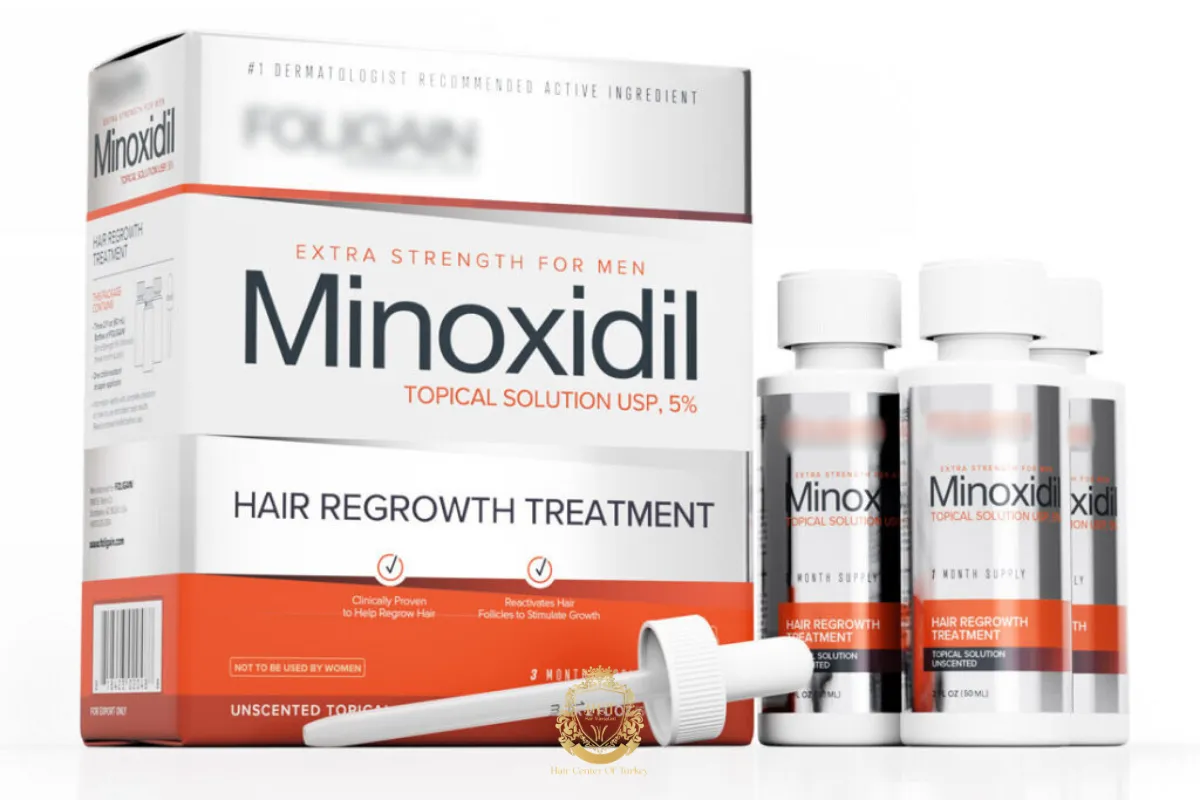
How Minoxidil Works
Minoxidil is a topical treatment that is applied directly to the scalp. Originally developed as a medication for high blood pressure, it was later discovered that it could stimulate hair regrowth. It is believed to work by:
- Increasing blood circulation to hair follicles.
- Extending the hair growth phase (anagen phase), allowing more hair to grow before shedding.
- Reactivating dormant follicles, encouraging new hair growth in thinning areas.
Who Can Use Minoxidil?
- Both men and women can use Topical Minoxidil for treating genetic hair loss.
- Best suited for individuals experiencing diffuse thinning or patchy hair loss.
- Recommended for those who cannot take Finasteride due to side effects or medical conditions.
Effectiveness of Minoxidil
Minoxidil takes 3-6 months to show visible improvements. Studies indicate:
- Around 40% of users notice hair regrowth after consistent use.
- Hair density can increase significantly over time with continued application.
- Stopping Minoxidil leads to gradual male pattern hair loss within months.
Finasteride vs. Minoxidil: A Direct Comparison
| Feature | Finasteride | Minoxidil |
|---|---|---|
| Type | Oral tablet | Topical solution/foam |
| How It Works | Blocks DHT to stop hair follicle miniaturization | Increases blood flow and prolongs hair growth phase |
| Who Can Use It? | Men (not recommended for women) | Both men and women |
| Results Timeframe | 3-6 months for initial effects; full results in 12+ months | 3-6 months for initial effects; full results in 12+ months |
| Hair Loss Prevention | Reduces hair loss by up to 90% | Slows down hair loss and stimulates new growth |
| Effectiveness for Regrowth | Regrows hair in 66% of users | Regrows hair in around 40% of users |
| Usage Frequency | Taken once daily | Applied twice daily |
| Potential Side Effects | Decreased libido, erectile dysfunction, hormonal changes | Scalp irritation, shedding in early stages, unwanted facial hair |
| FDA Approved? | Yes | Yes |
Potential Side Effects
Finasteride Side Effects
While Finasteride is effective for many users, it can cause hormonal changes. Some common side effects include:
- Decreased libido
- Erectile dysfunction
- Breast tenderness or swelling
- Depression or mood changes
Most side effects are reversible upon stopping the medication, but some users report persistent issues even after discontinuation.

Minoxidil Side Effects
Topical Minoxidil is generally well-tolerated, but some users may experience:
- Scalp irritation, redness, or itching
- Increased hair shedding in the first few weeks (this is temporary and part of the process)
- Unwanted facial hair growth (if the solution drips down)
Rare cases of allergic reactions can occur, so it’s important to patch-test before use.
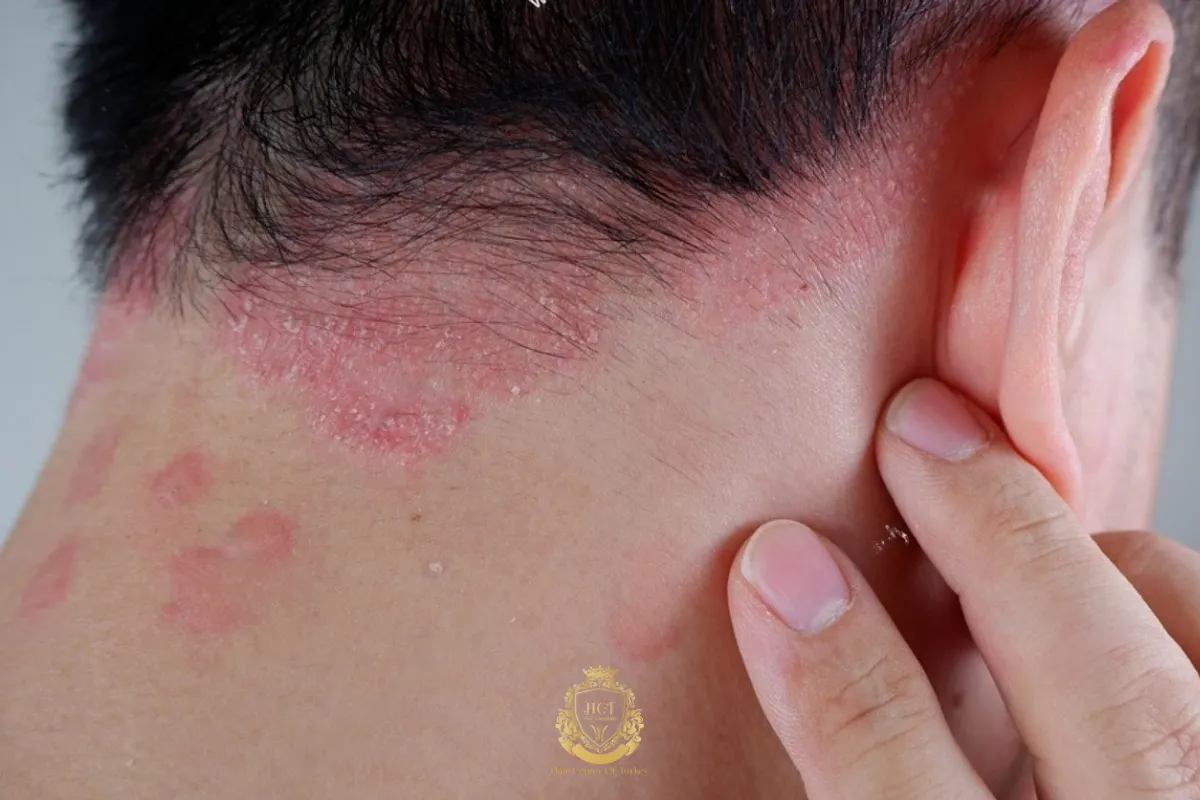
Which Treatment is Best for You?
Finasteride is best for:
- Men with early-stage hair loss looking for a long-term solution.
- Those who want to prevent further male pattern hair loss while possibly regrowing hair.
- Individuals comfortable with taking a daily pill and potential side effects.
Minoxidil is best for:
- Both men and women experiencing hair thinning.
- People looking for a topical, non-hormonal treatment.
- Those who prefer a more gradual and less invasive approach.
Some individuals combine both Finasteride and Minoxidil for maximum effectiveness, as they work in different ways. Consulting a doctor can help determine the best approach.
F.A.Q. (Frequently Asked Questions)


